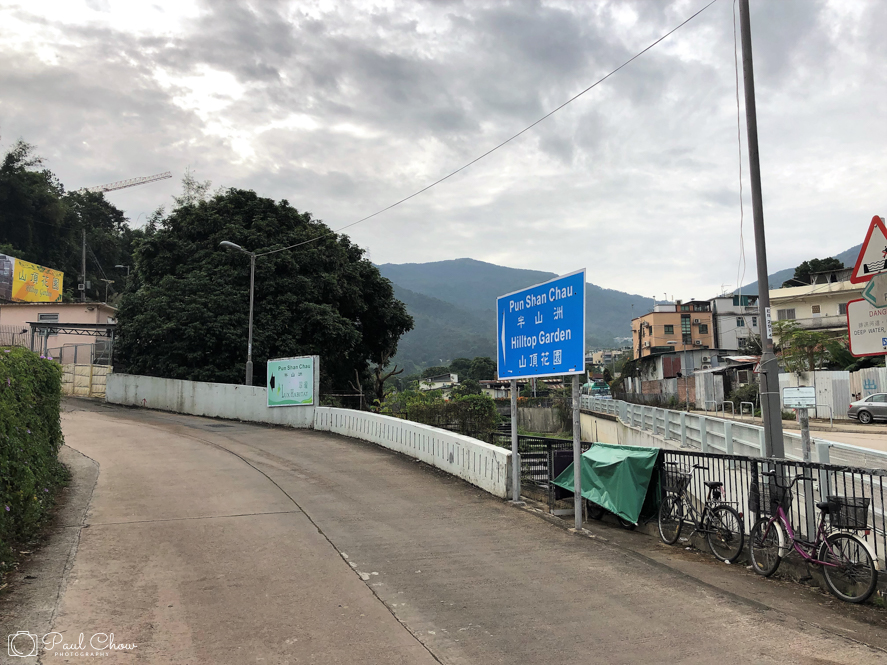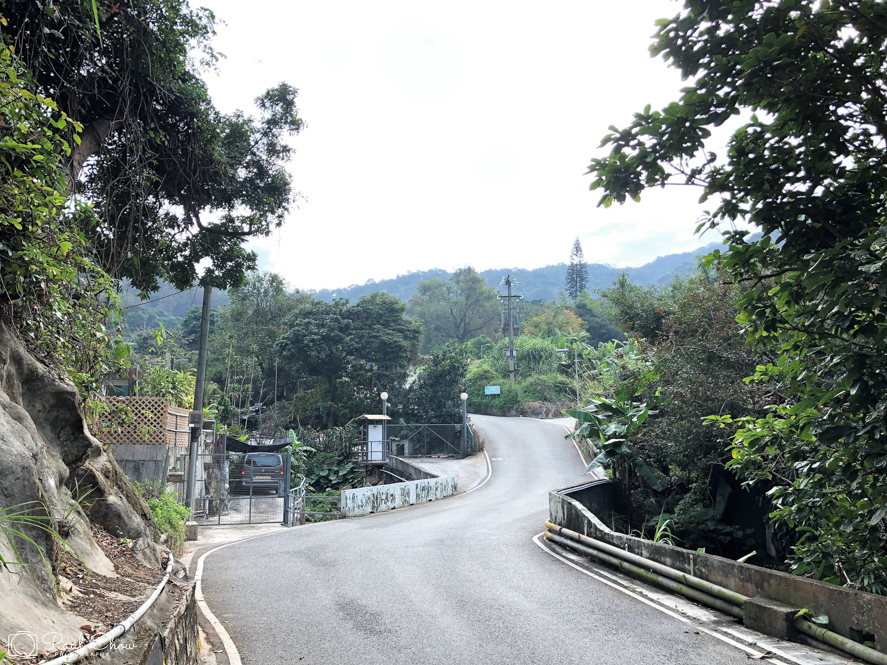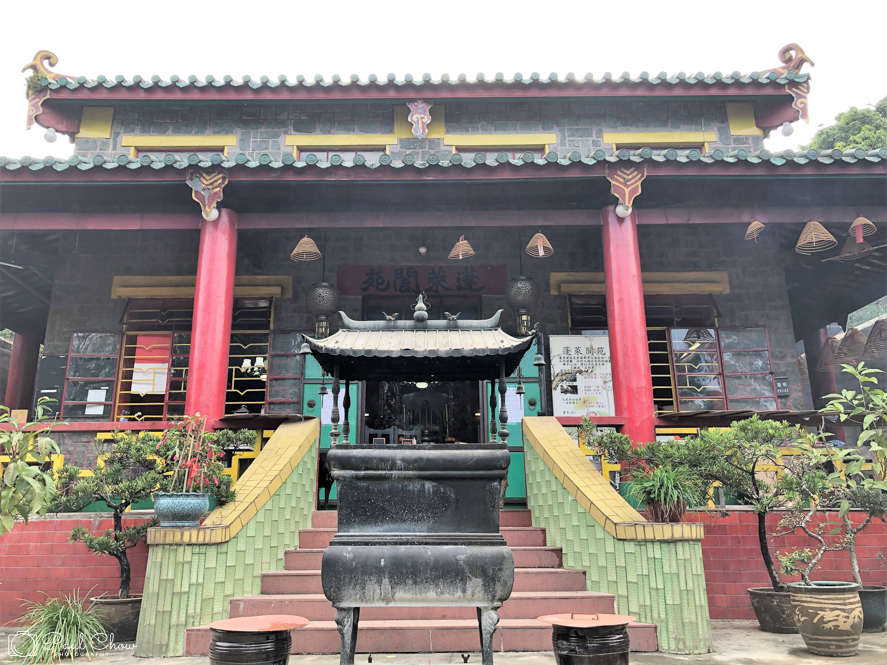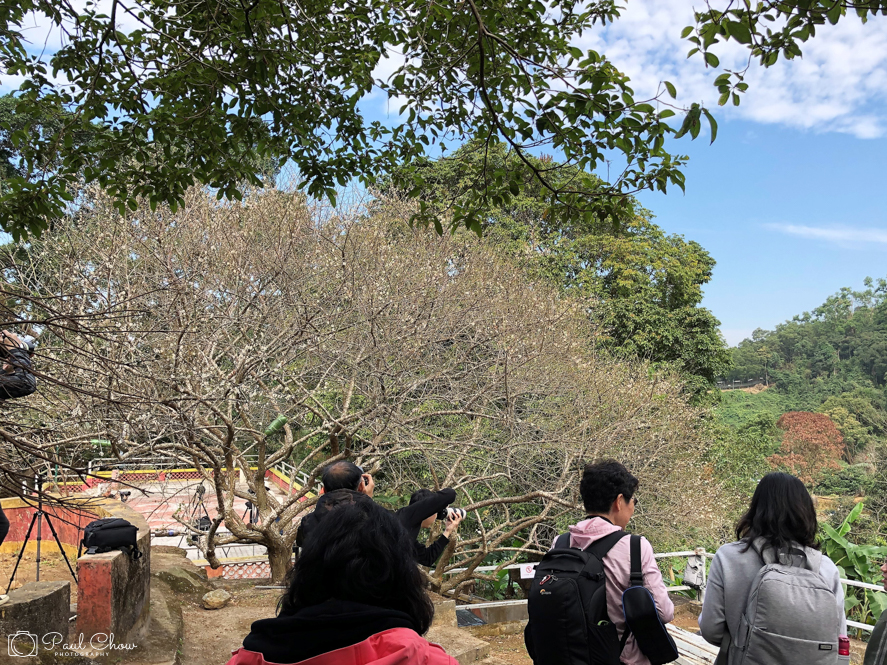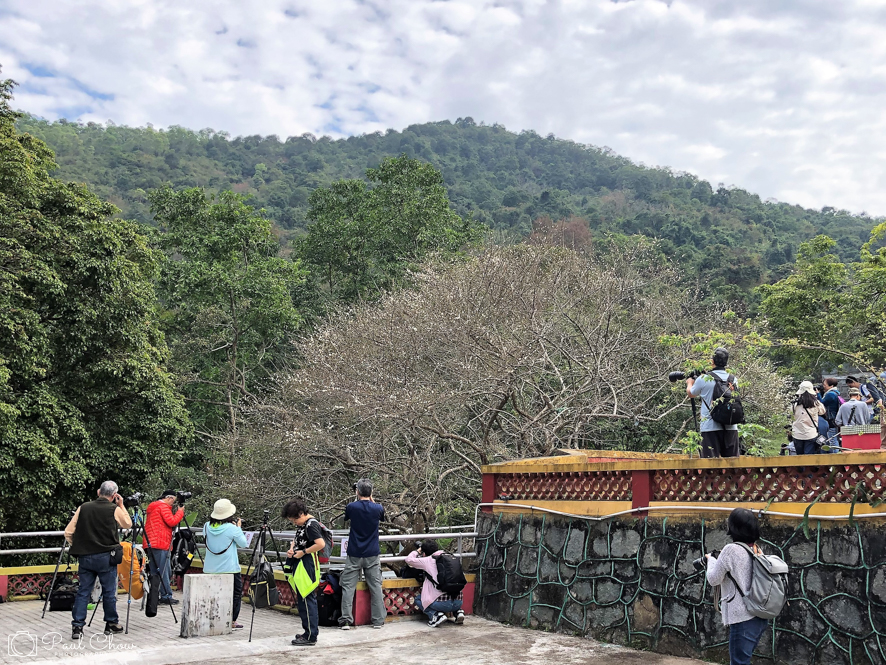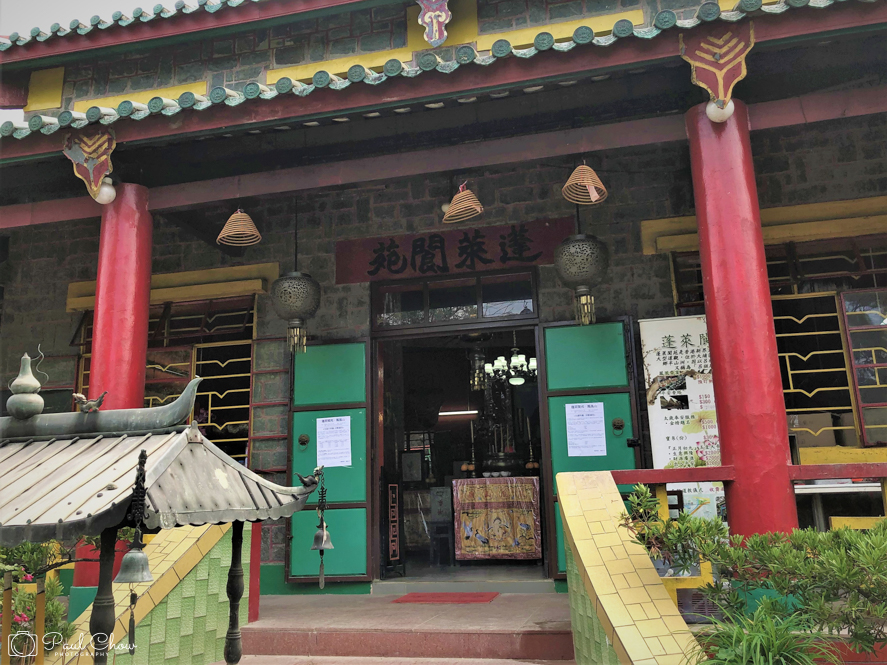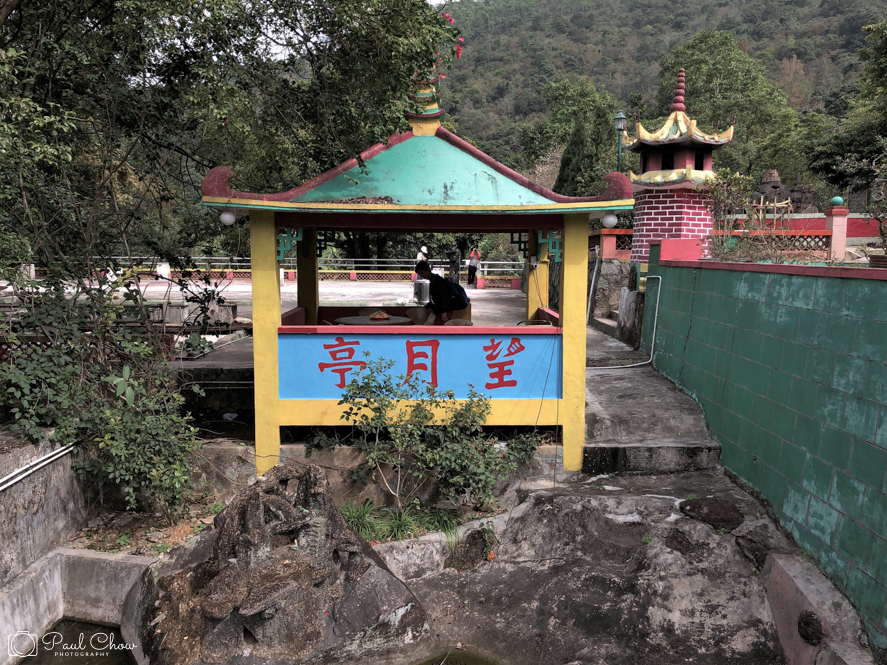Hong Kong Butterflies 8
This Punchinello (波蜆蝶) was spotted in the Hong Kong Park this morning.
They have reddish brown wings with a few rows of black and white spots.
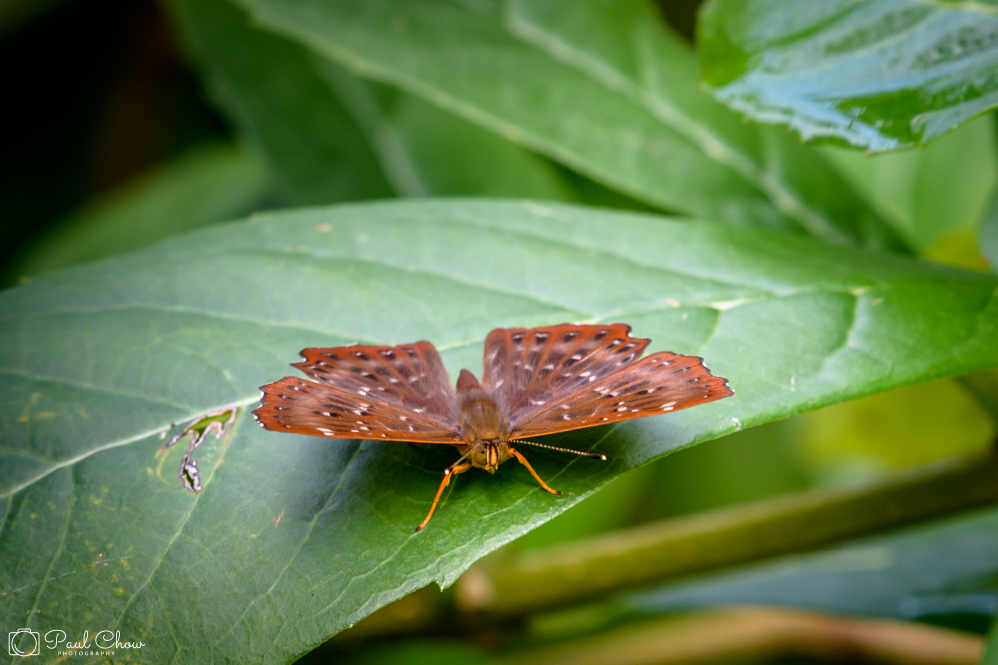
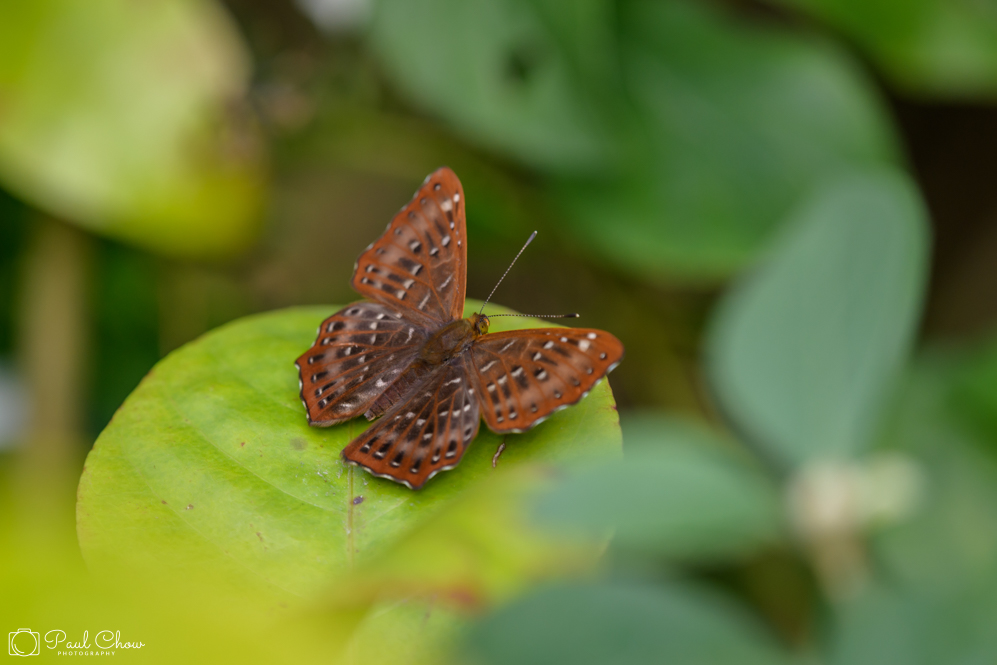
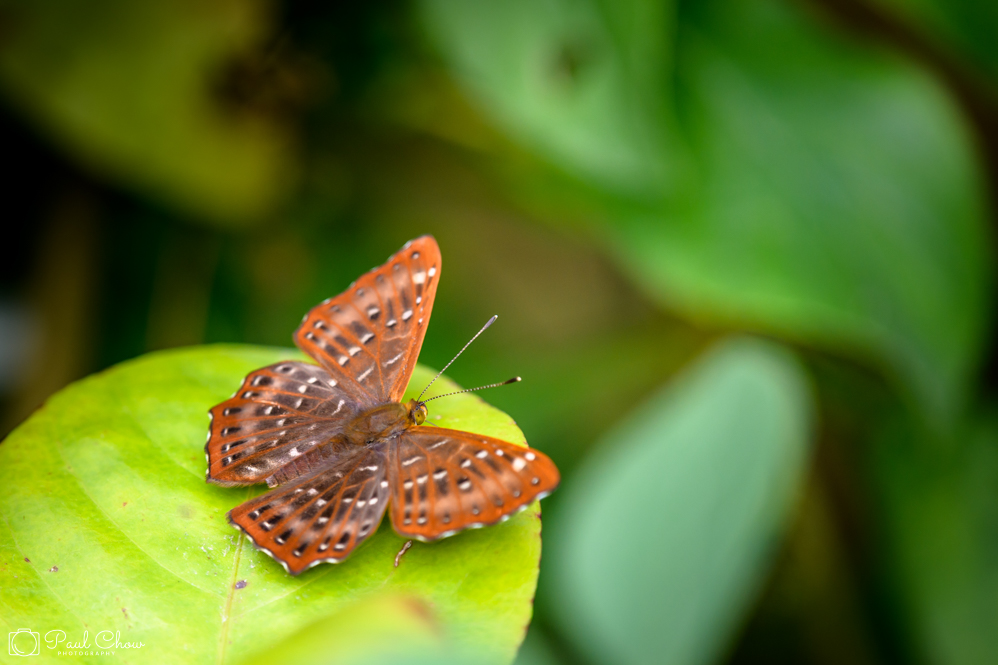

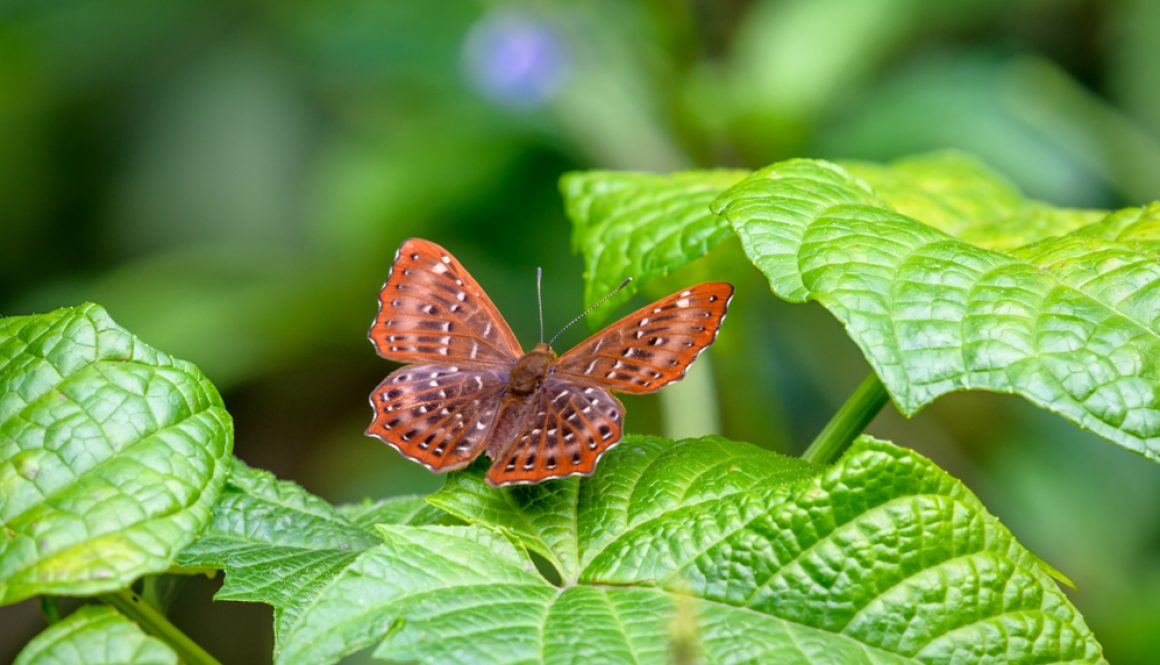
This Punchinello (波蜆蝶) was spotted in the Hong Kong Park this morning.
They have reddish brown wings with a few rows of black and white spots.




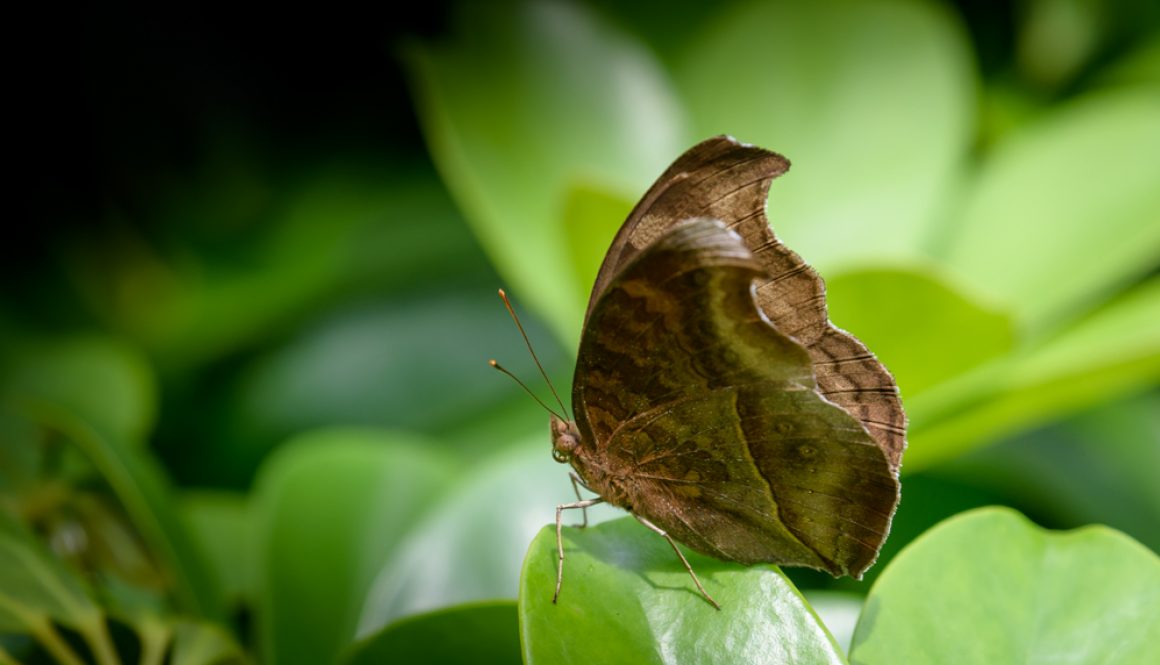
This Chocolate Pansy (鉤翅眼蛺蝶) was spotted in the Hong Kong Park yesterday.
Chocolate Pansy is widely distributed in abandoned grassland and abandoned field throughout Hong Kong. On the underside the wings are pale brown with a dark stripe, and look like a dead leaf. They are low flying, and spend long periods basking on herbage or on the ground. They are relatively easy to approach, and rarely fly far if disturbed.
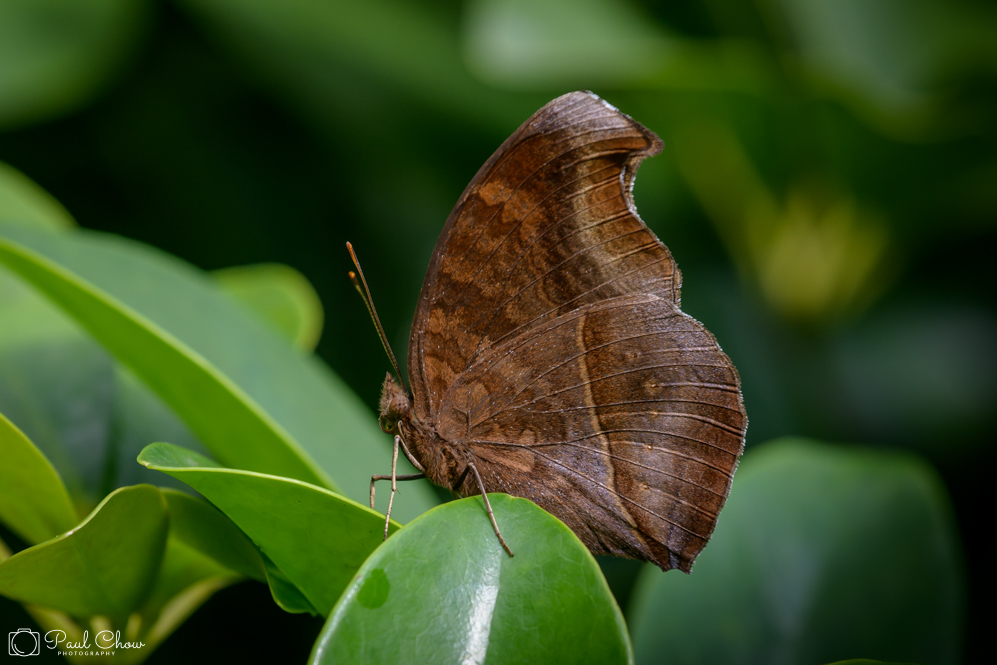
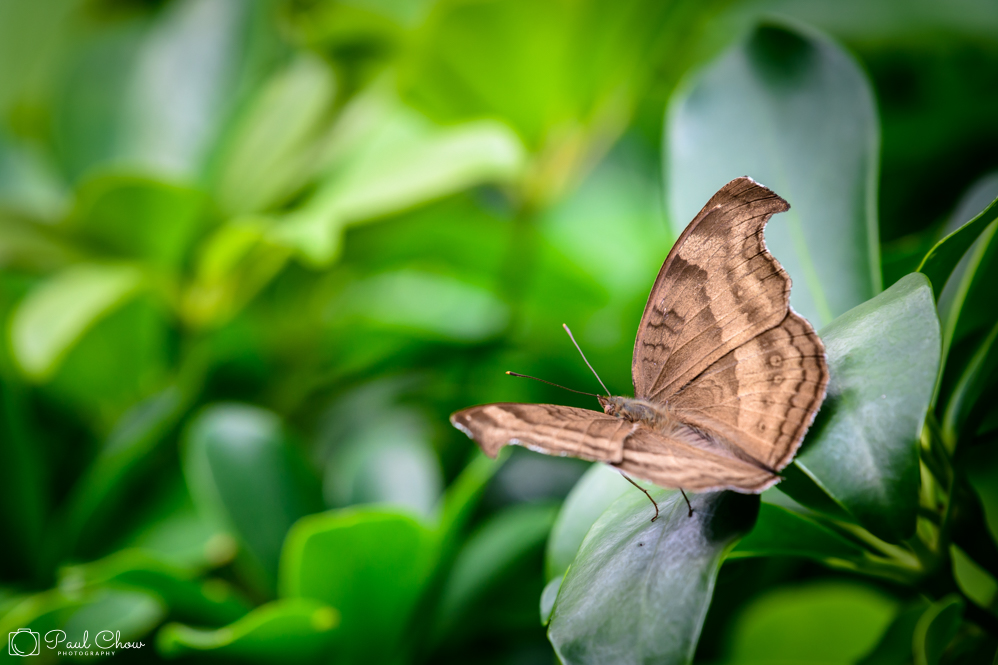
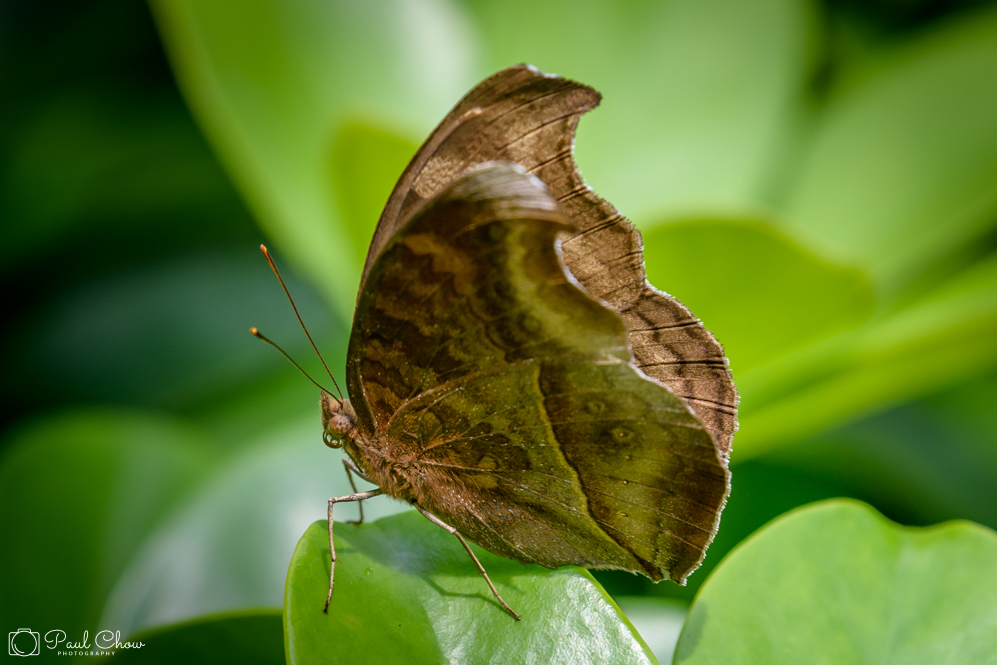
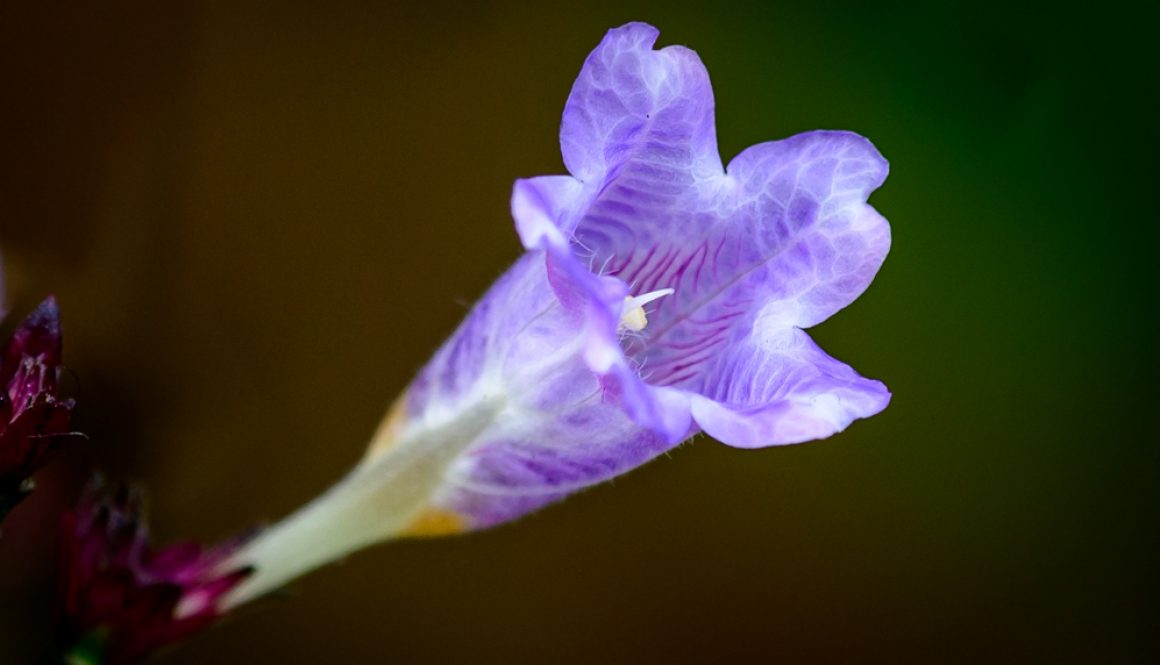
Spring is the season for flower appreciation. Flower lovers are busy going places to admire its beauty.
In fact, we don’t have to travel far to appreciate the beauty of the flowers, as Hong Kong has many parks and gardens where a wide variety of flowering plants and trees are grown – just in the heart of the city such as Hong Kong Park and the Hong Kong Zoological and Botanical Gardens in the central part of Hong Kong. One can spend a day or half to indulge themselves in the seasonal atmosphere, to admire the charm of the spring flowers with their brilliant colours and scents that attract bees and butterflies flying by. Photography enthusiasts can also make use of the opportunity to take pictures of the flowers and the pollinators.
Below are some of the photos of the flowers I took recently.
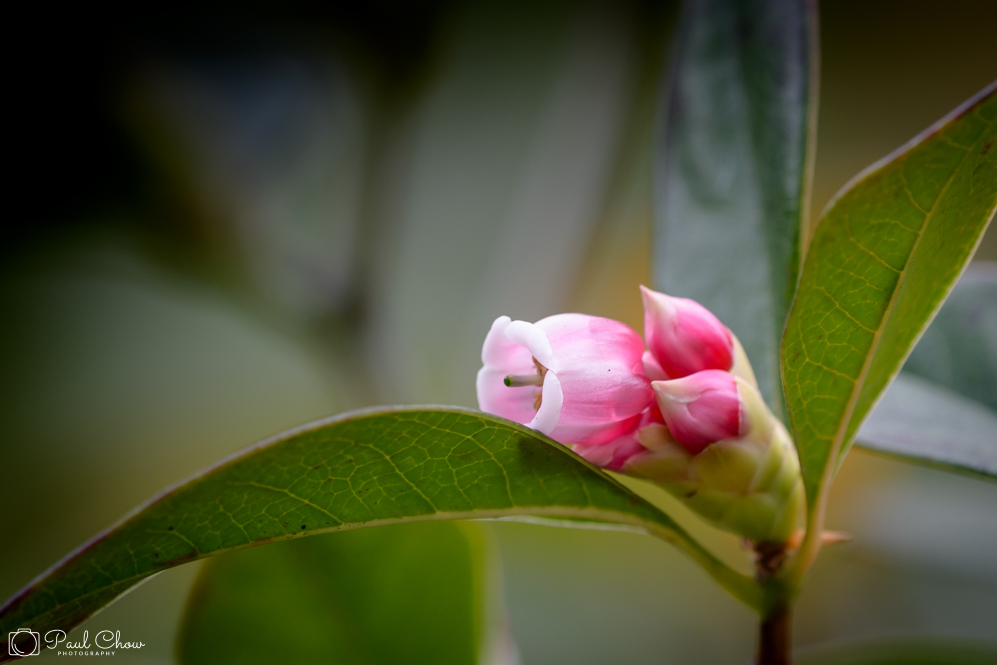
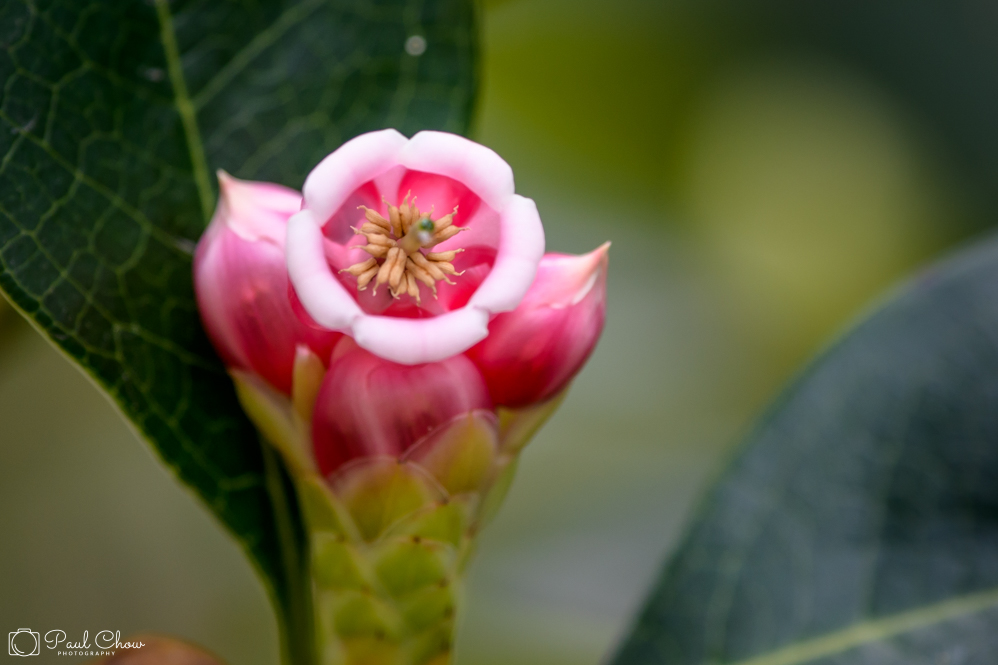
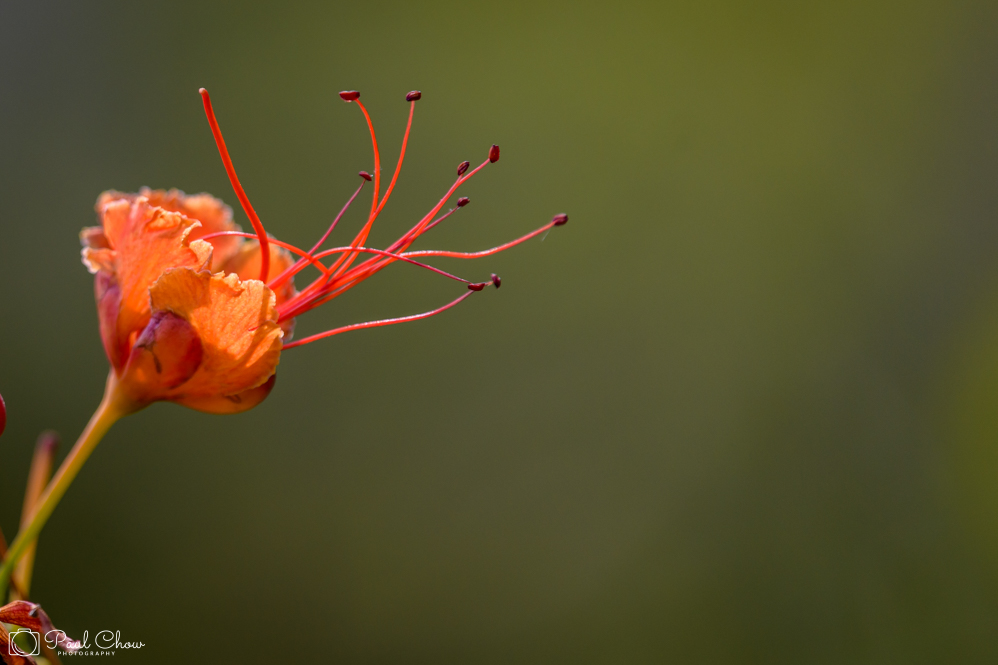
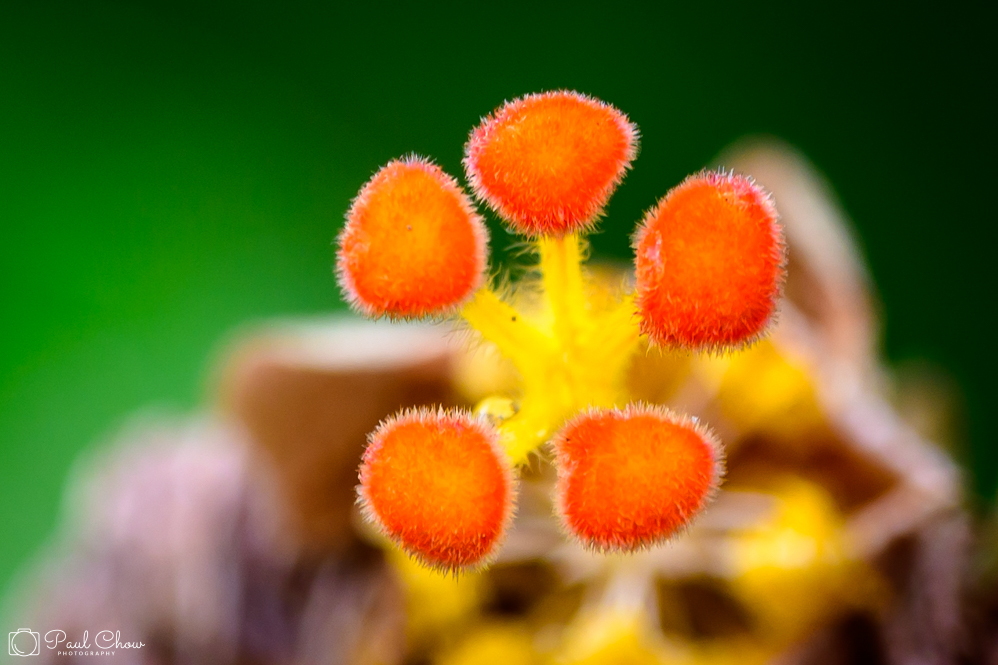
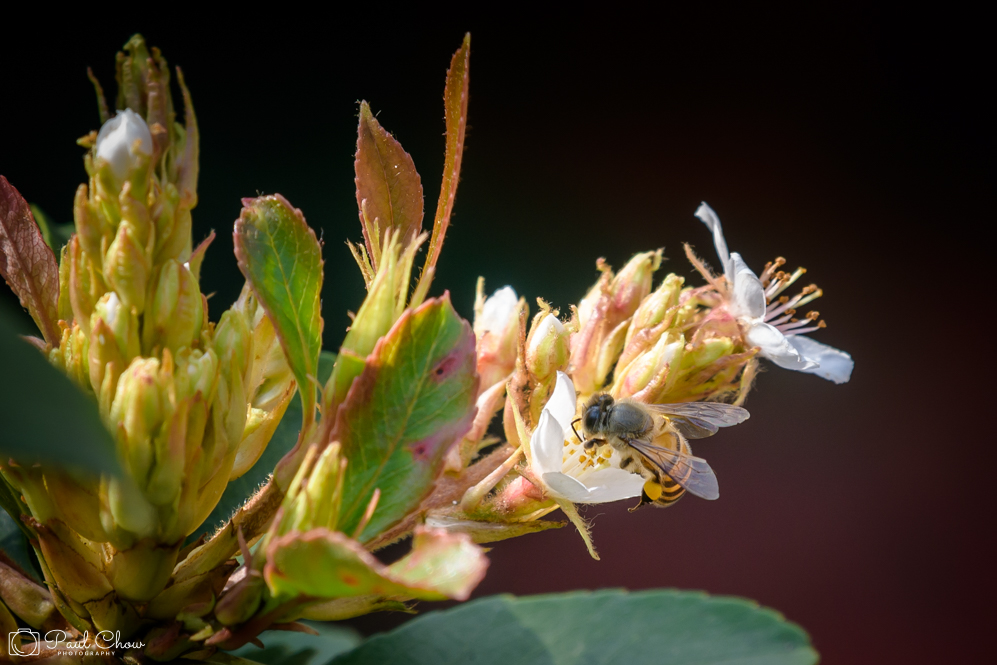
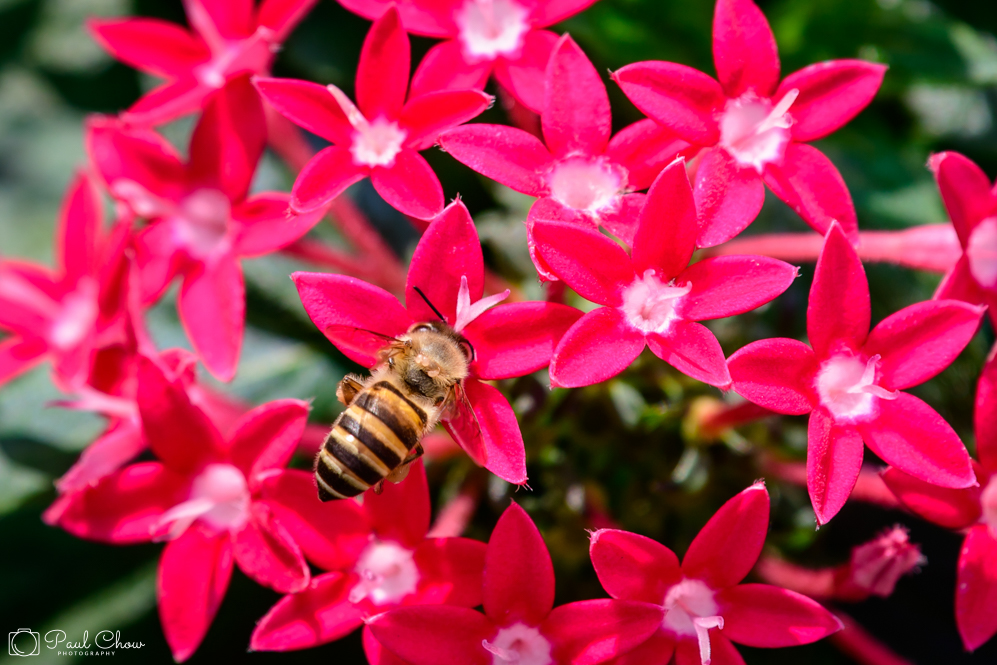


The attractive Java Sparrows (爪哇禾雀) , with its immaculate grey, white and black plumage, have been a favourite caged bird and used as a fortune-telling bird. The adult can easily be recognized, with its grey upperparts and breast, pink belly, white-cheeked black head, red eye-ring, pink feet and thick red bill. They are highly socialized, forging for food in groups.
The Edward Youde Aviary of Hong Kong Park, after a recent renovation, reopens in early February this year. As it is still a Public Holiday in Hong Kong, many people come here for a glimpse of the lovely birds.
Below are some pictures I took this morning inside the Aviary.
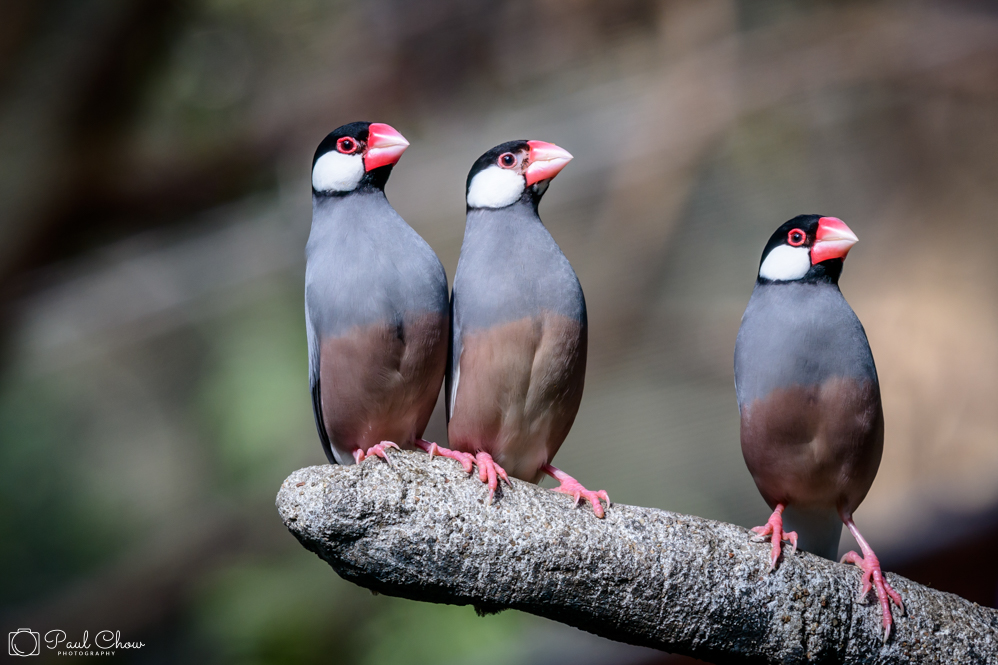
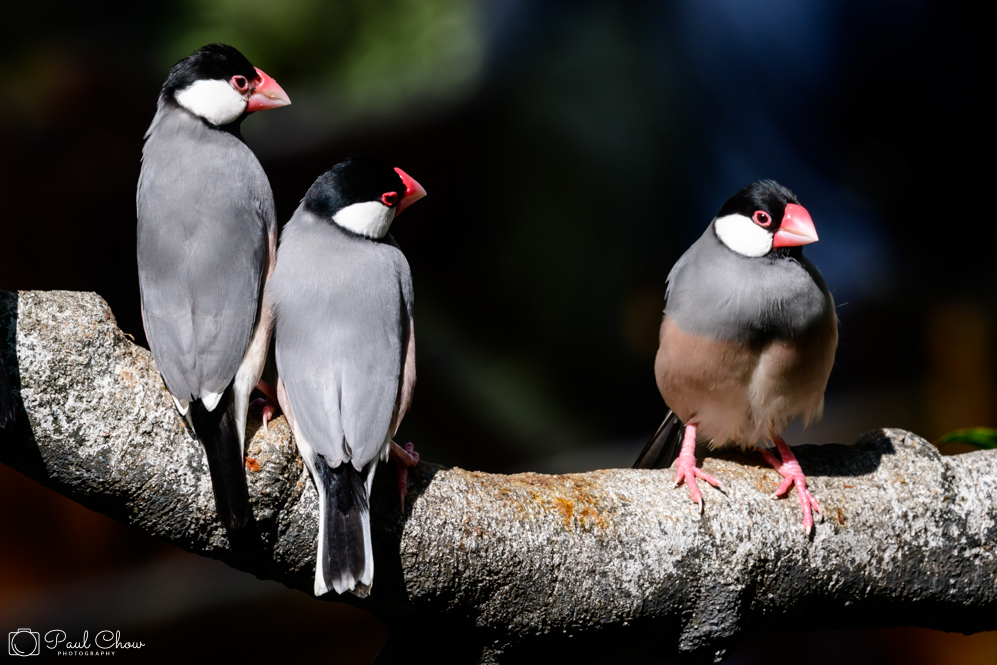
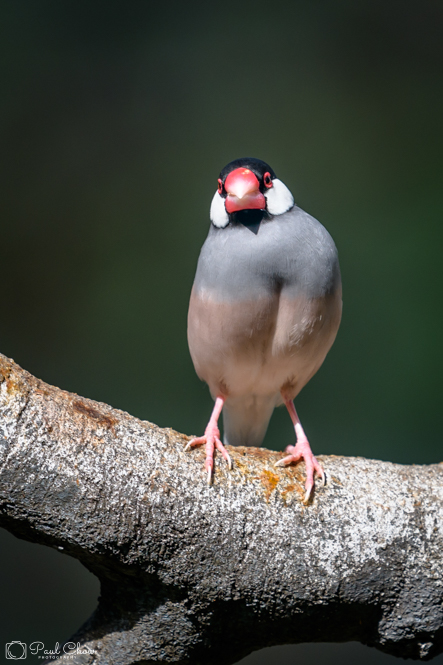
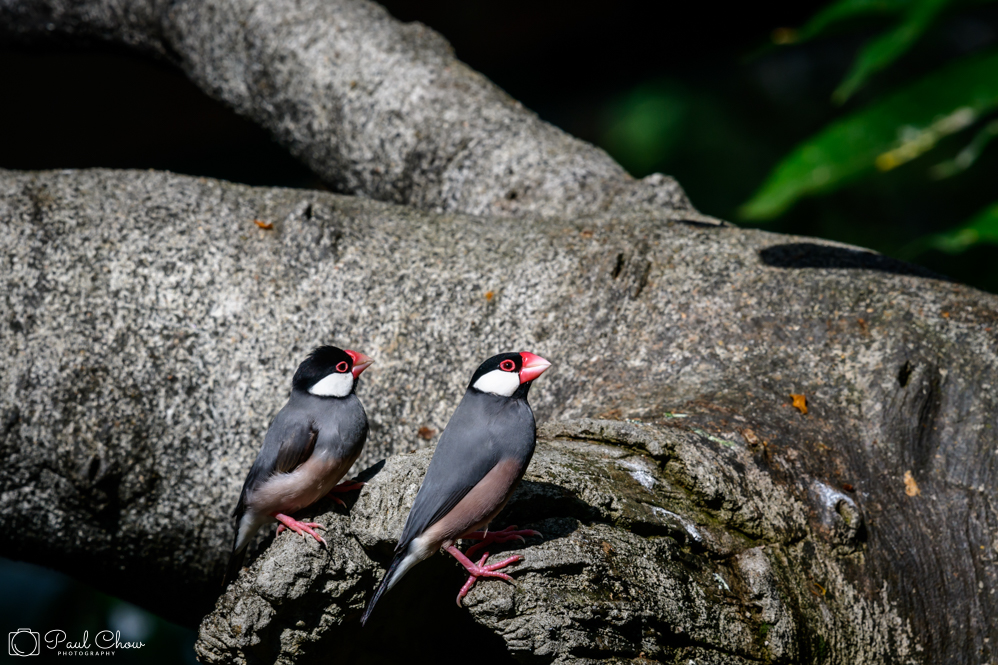
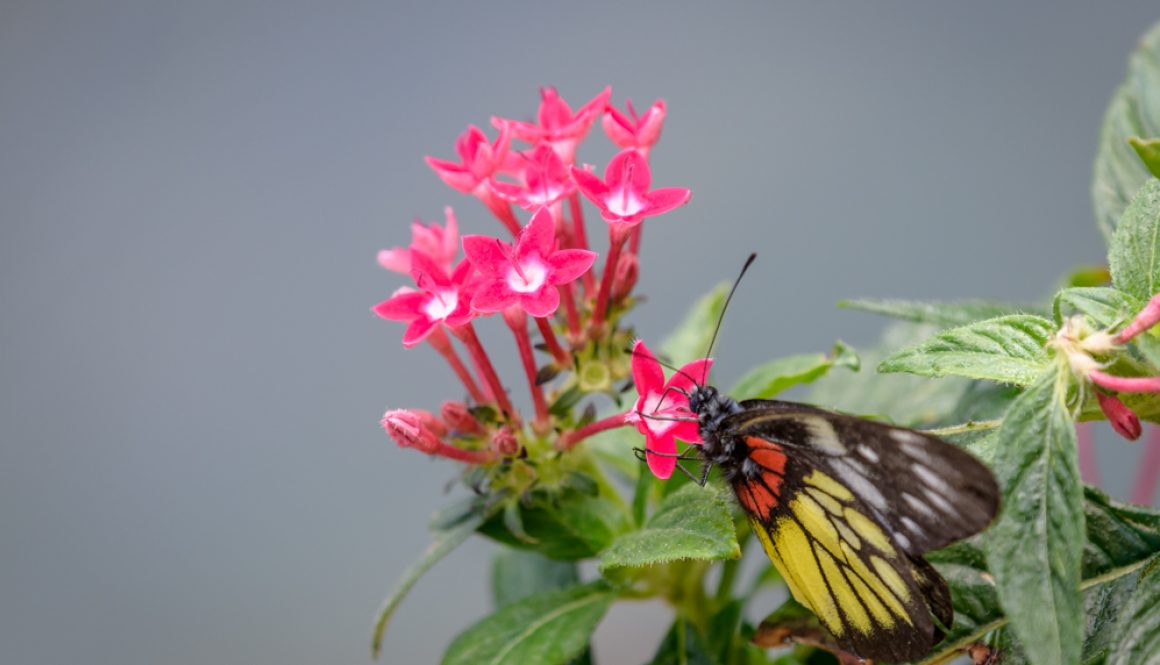
Red-base Jezebel (報喜斑粉蝶) is a common butterfly that can be seen all year round in Hong Kong. Its wings consist of the black, white, yellow and red colours. Its underside of hindwing has a large patch of yellow scales and a basal red mark while the upperside of hindwing does not have the basal red mark.
Below is a picture of a Red-base Jezebel taken in the Hong Kong Park yesterday.
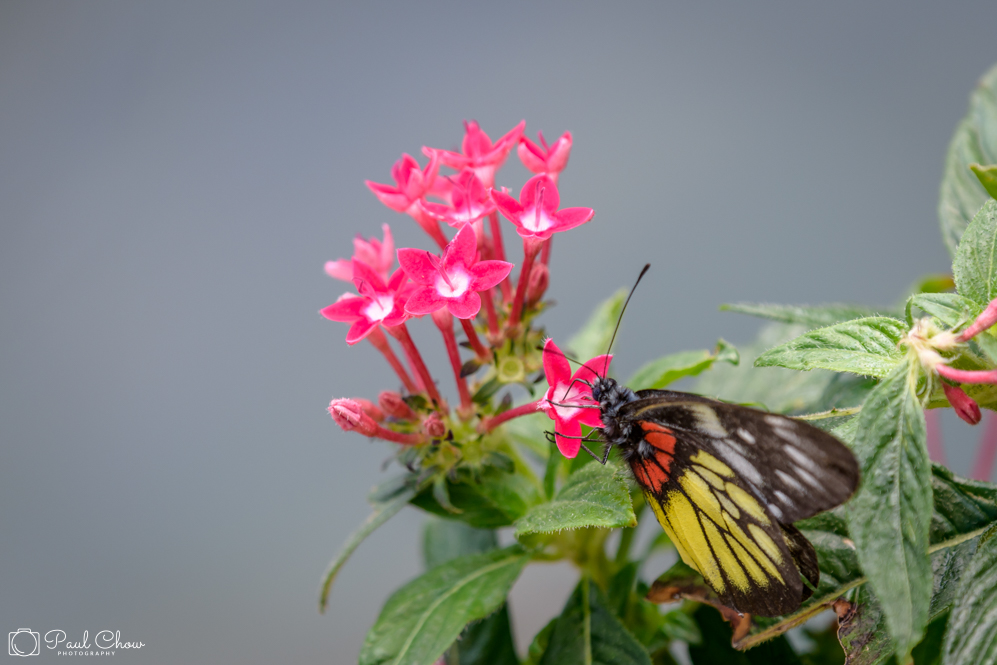
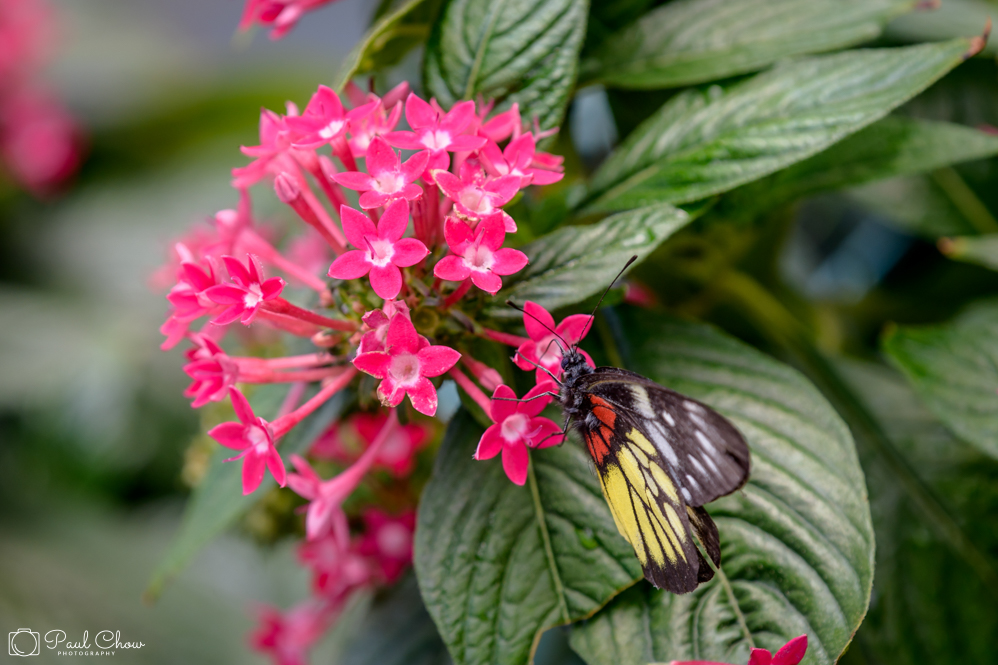
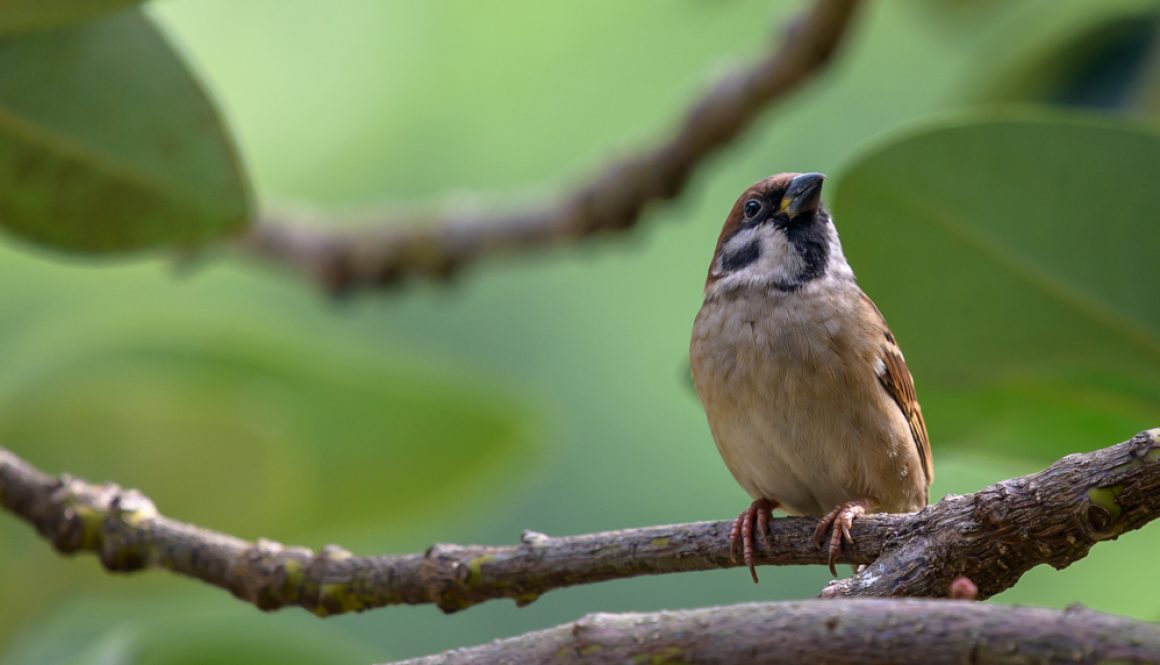
Eurasian Tree Sparrows are so common and abundant in Hong Kong that they can be seen everywhere. The upperparts of the plumage are brownish and their cheek and throat have black spots. They feed on seeds and insects.
They had earned the title of “Hong Kong’s “Favourite Bird” in a vote for their lovely appearance and the fact they can be found almost everywhere. People also admired their energy and ability to survive in any environment – reflecting the character of the people of Hong Kong!
This photography of the Eurasian Tree Sparrow sitting on a Rhodoleia (Hong Kong Rose吊鐘王) was taken in the Hong Kong Zoological and Botanical Garden this morning.

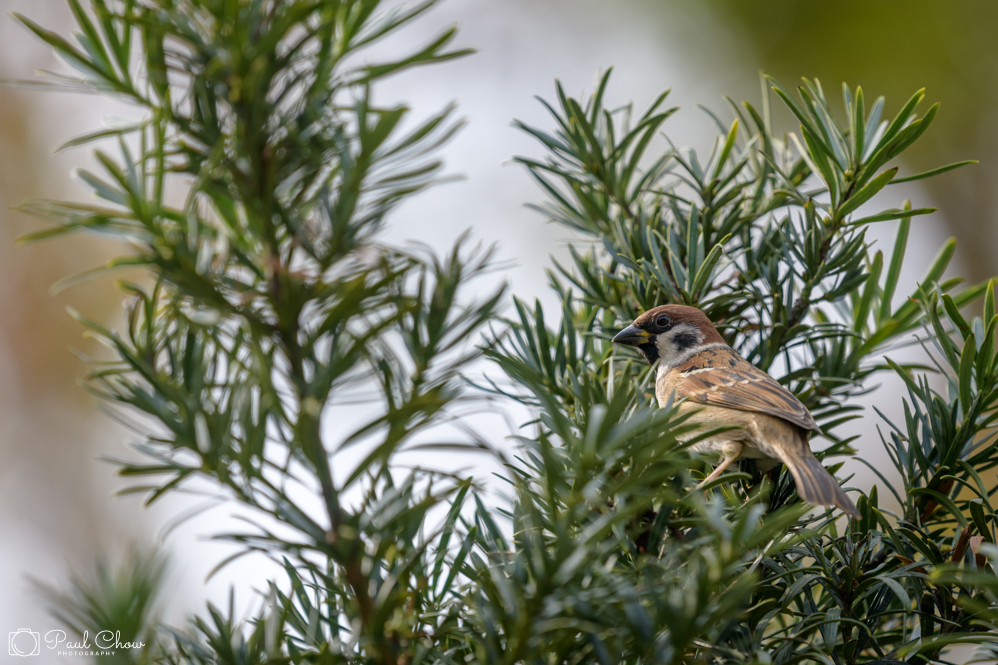
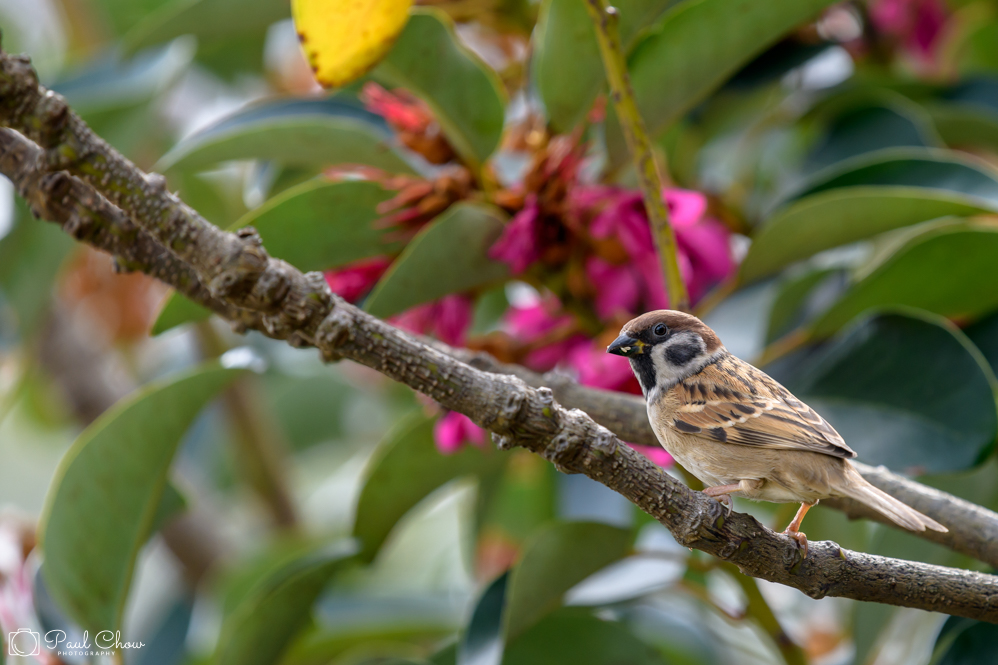
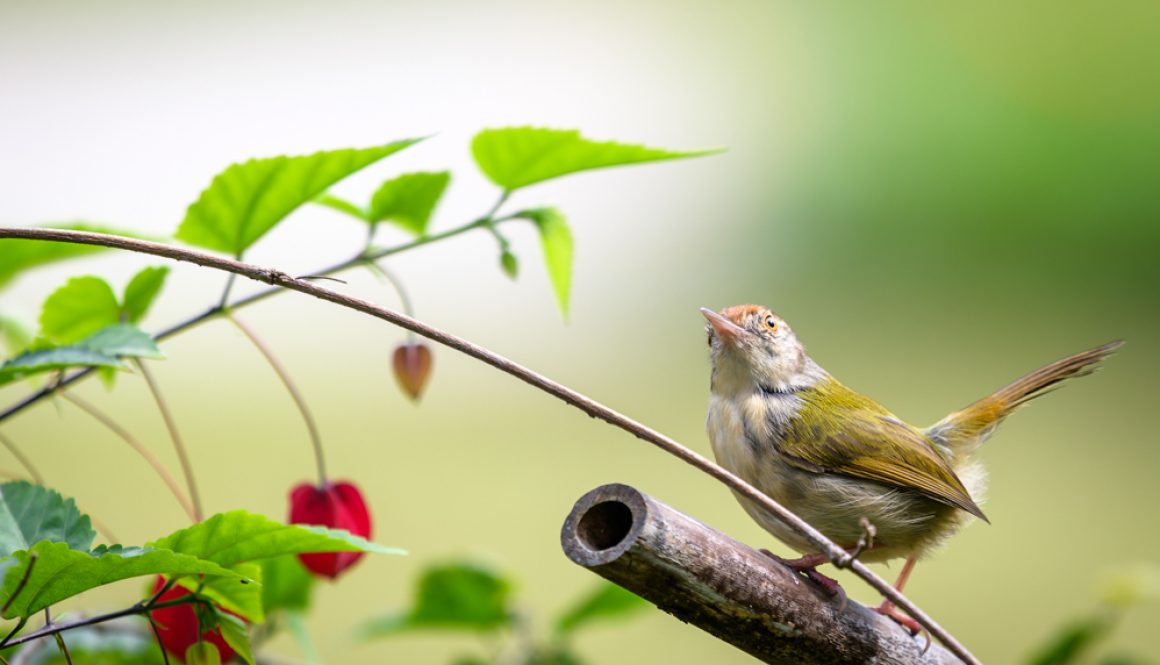
The Common Tailorbird (長尾縫葉鶯) is a common resident and is widely distributed in Hong Kong. It has a reddish-brown forehead, olive-green upperpart and whitish underpart and a long tail that it “wags” frequently. It has a unique way of building nests by stitching one or two leaves with plant fibres to form a cradle, in which it builds the nest with grass.
Below is a photo of a Common Tailorbird spotted in the Hong Kong Zoological and Botanical Gardens this morning.
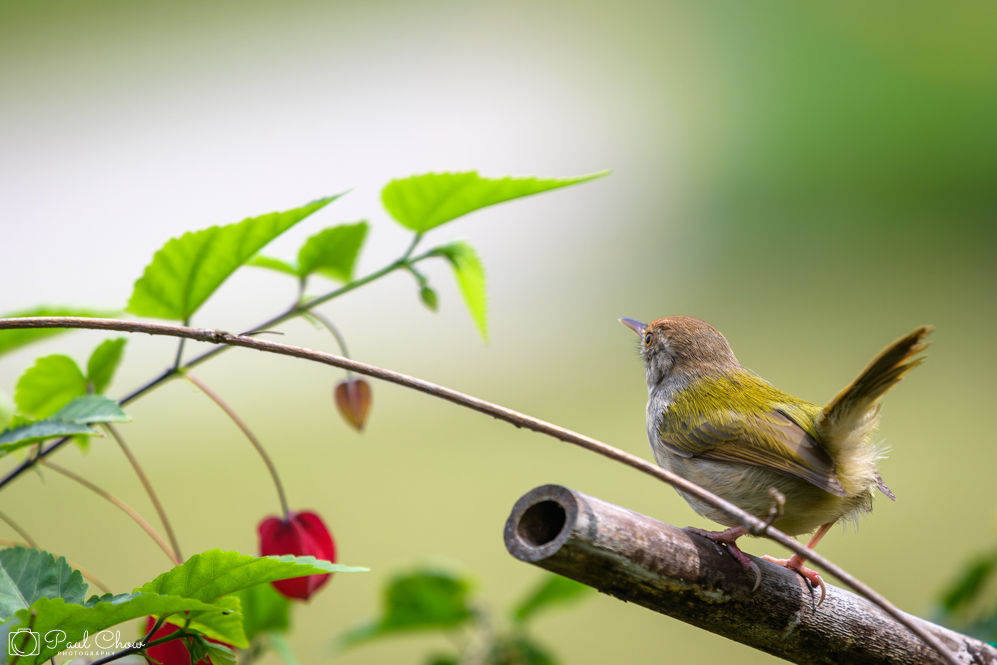
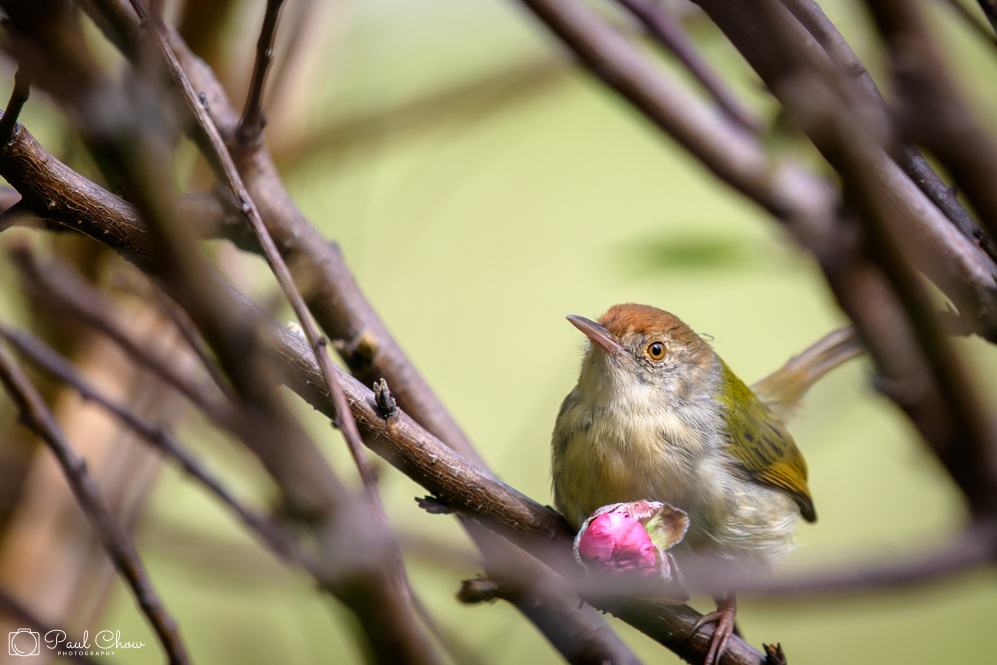
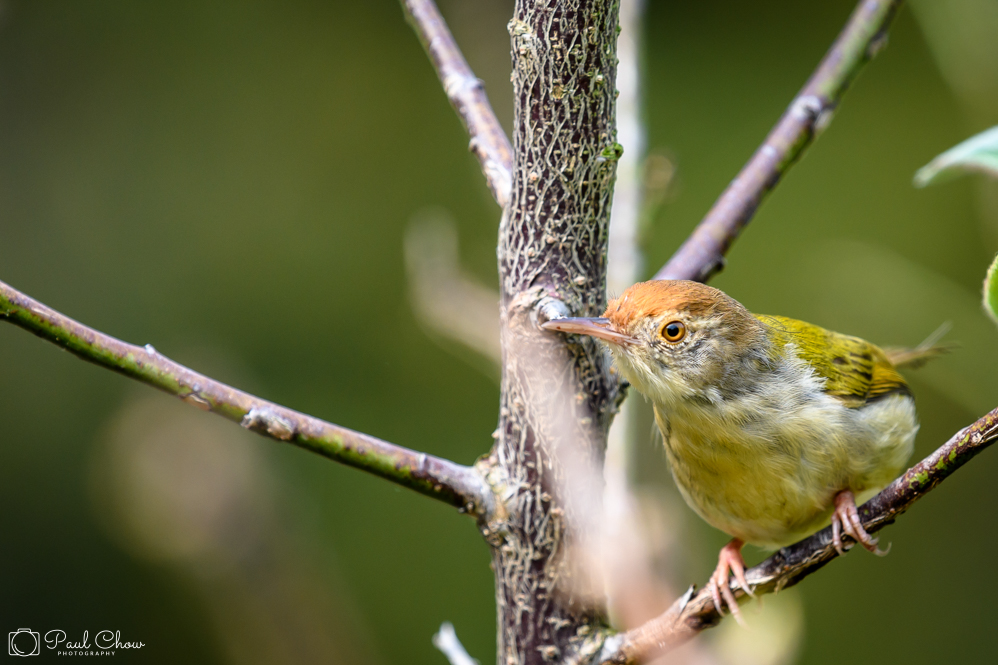
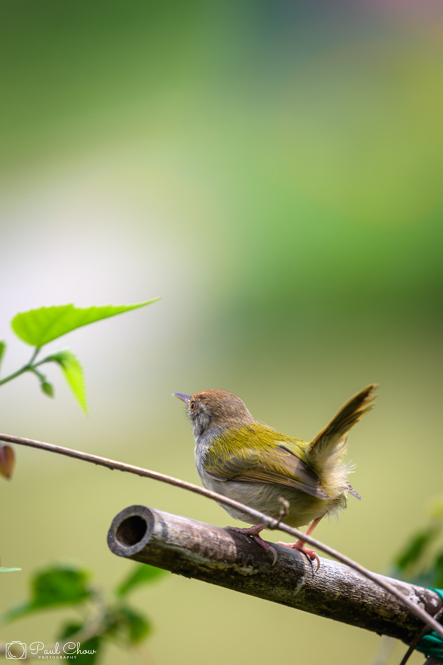
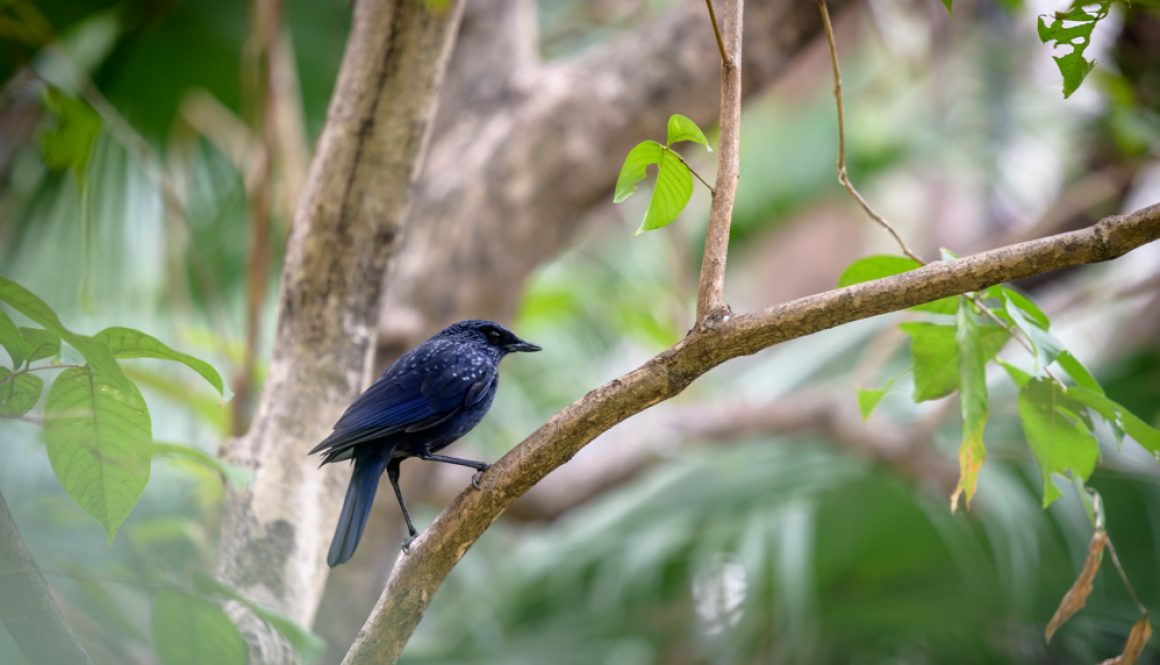
Blue Whistling Thrush (紫嘯鶇), which is also called Violet Whistling Thrush, Himalayan Whistling Thrush, is a common resident in Hong Kong and can be found widely in shrubland and woodland throughout Hong Kong.
Blue Whistling Thrush, which fans its tail often, is dark violet overall in colour, sprinkled with pale dots. It can be found feeding along forest streams, and in open spaces or gardens. This kind of Thrush have been seen on hillsides along Bowen Road in the early morning recently.
This Blue Whistling Thrush was spotted along the hillside near the Edward Youde Aviary in the Hong Kong Park yesterday.
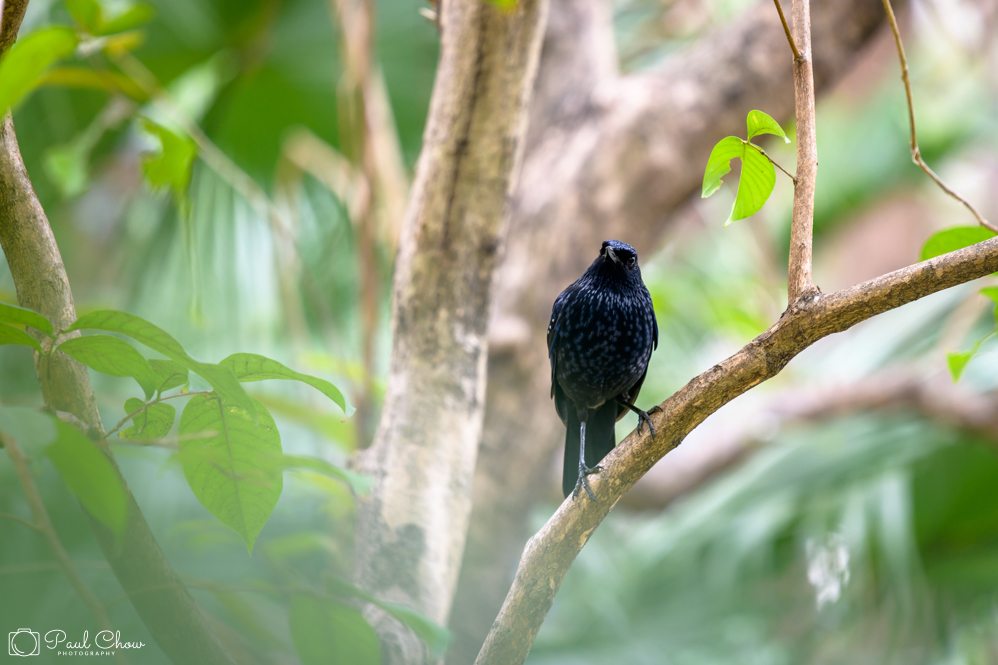
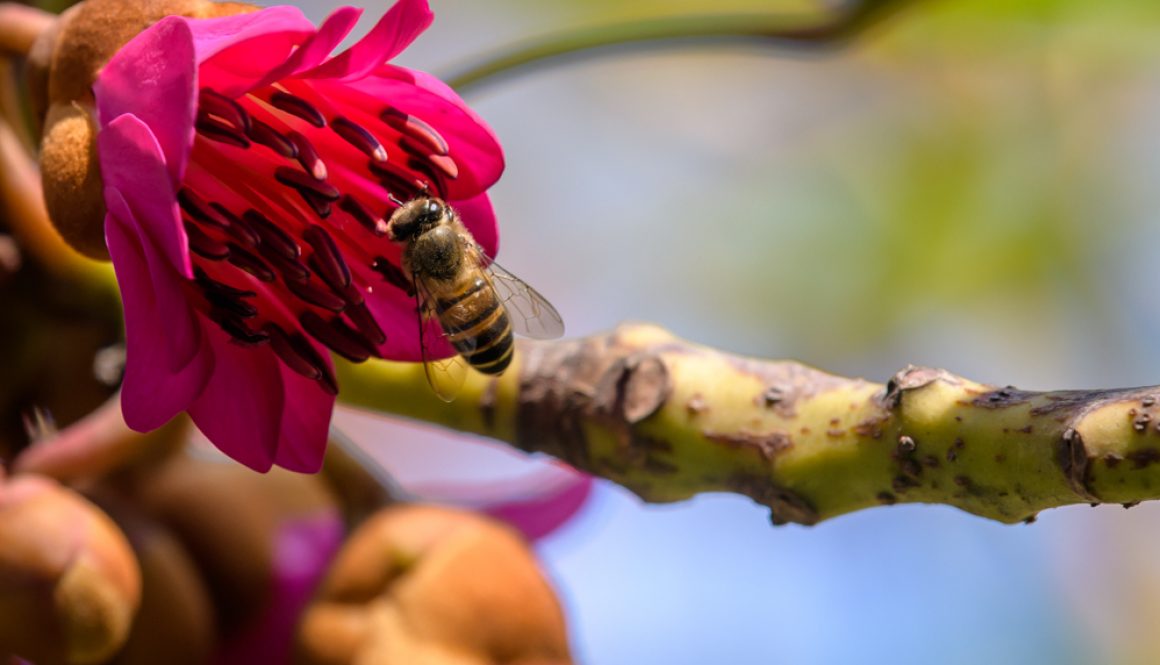
Rhodoleia (Hong Kong Rose) (紅花荷又名紅苞木、吊鐘王) is an evergreen small tree species native to Hong Kong, which was first identified in Hong Kong in 1848. Rhodoleia produces beautiful scarlet flowers that hang below the foliage, with the distinctively shaped petals finely overlapping. It flowers in February to April. The nectar of the flowers is the food sources for insects like bees and birds. It is a protected species under the Forestry Regulations.
The Rhodoleia in The Hong Kong Zoological and Botanical Gardens is in full blossom these days attracting bees flying around for their daily bread.
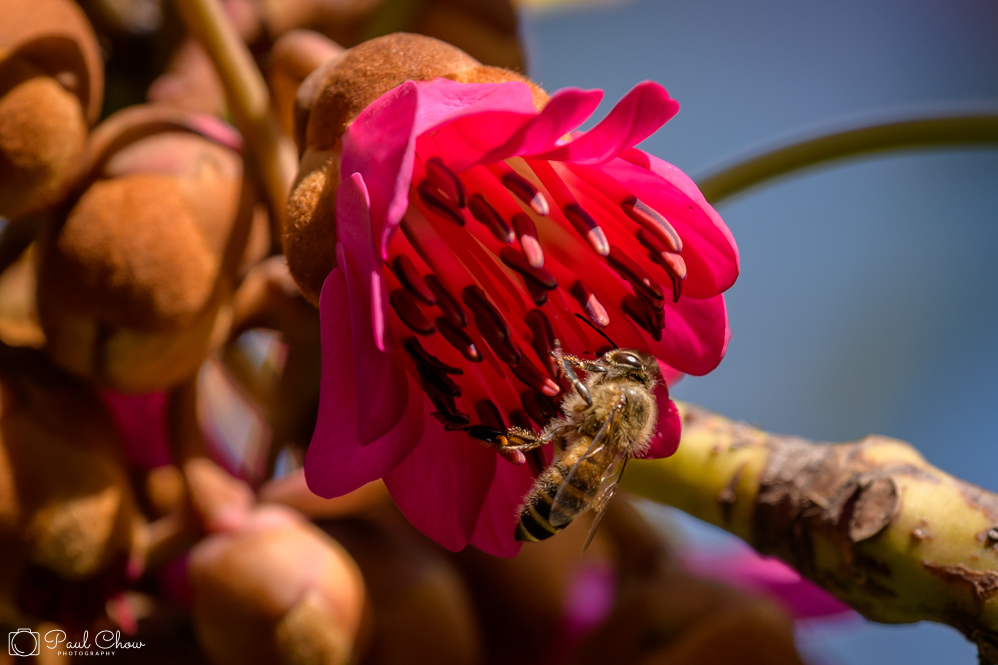
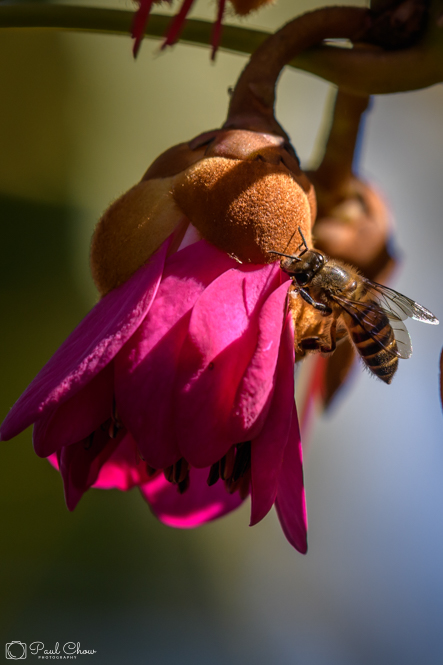
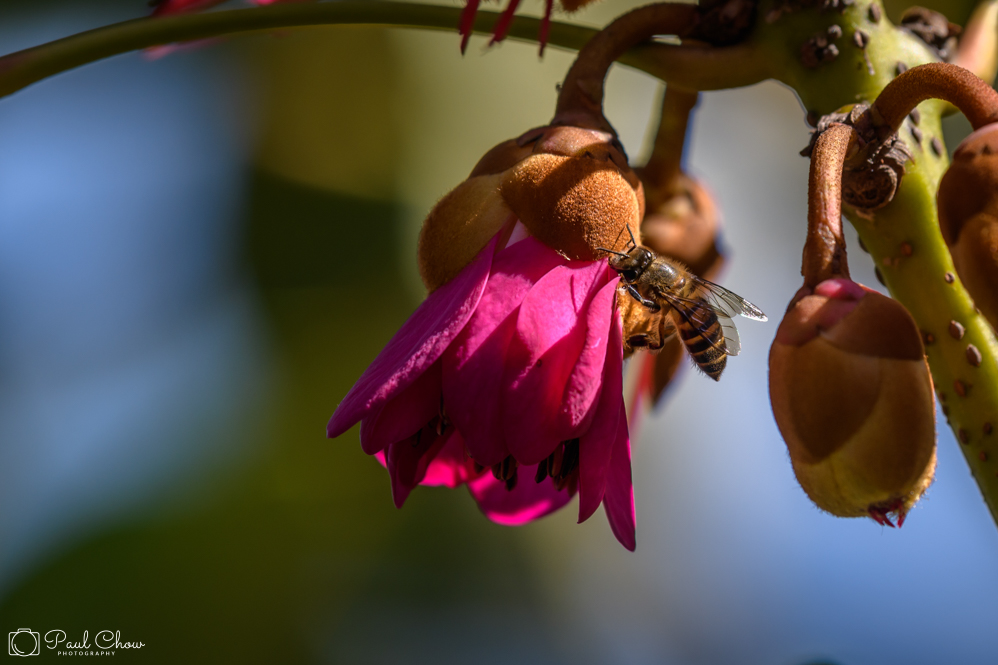
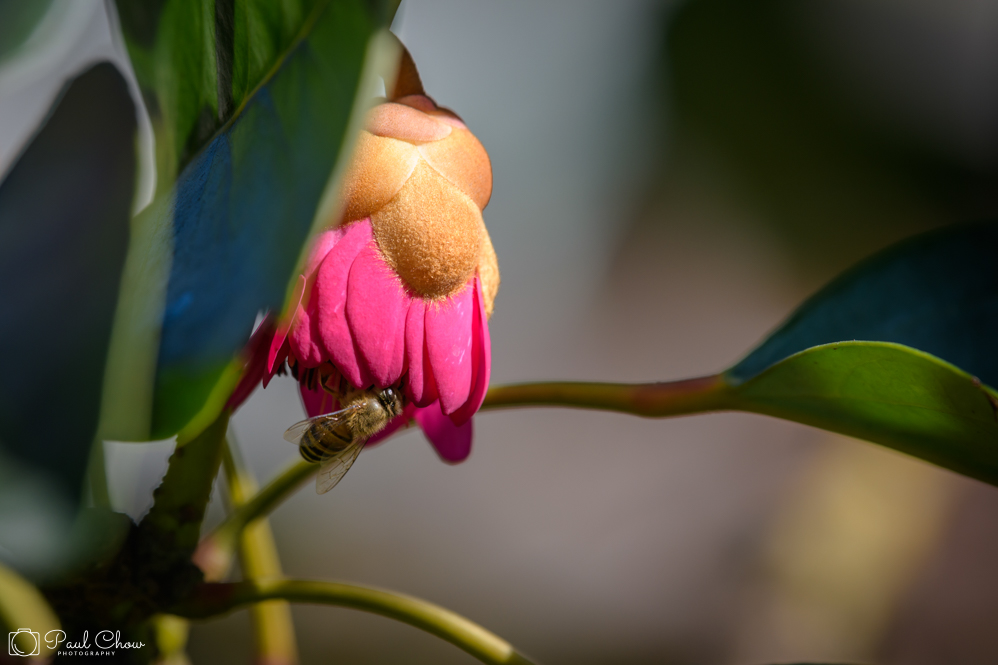
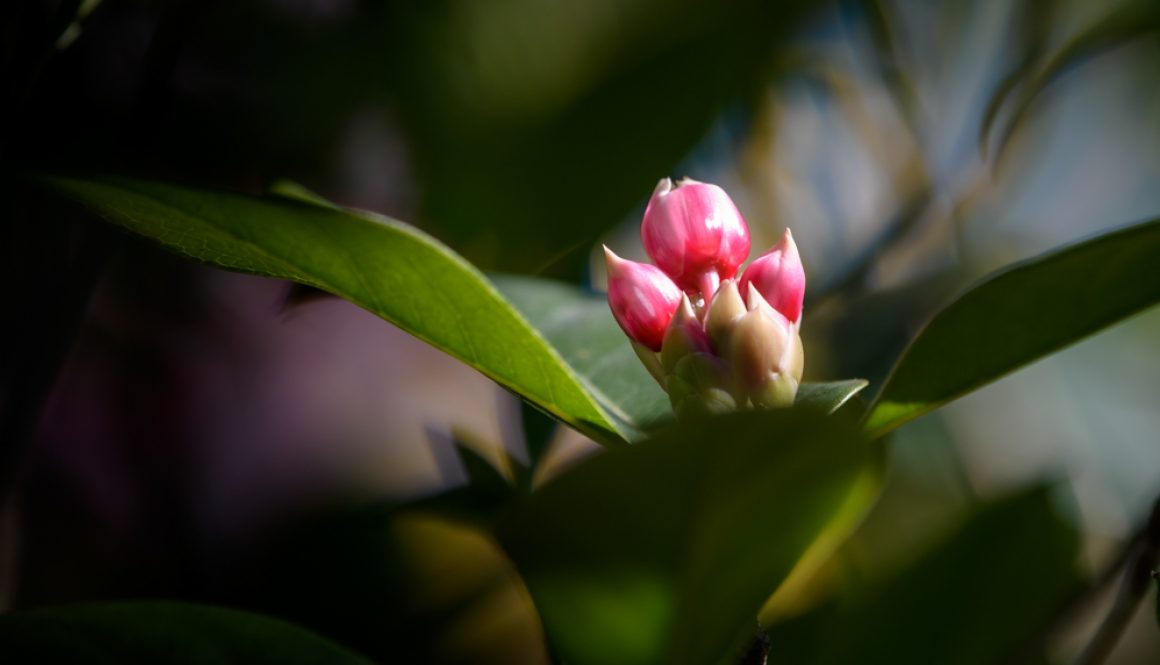
Its common name is Chinese New Year Flower. It is one of the best known flowering plants in Hong Kong. It is called Tiu Chung (吊鐘) or Hanging Bell Flower because its clusters of flowers, which appear from the ends of the branches, hang down like small bells in cheerful pink and lovely shape in the early Spring.
It has long been used for decorative purposes in Chinese families as its flowering period coincides with the Lunar New Year Festival. It is a protected species under the Forestry Regulations in Hong Kong.
As there is still about three weeks to the Chinese New Year, the Chinese New Year Flower Tree in The Hong Kong Zoological and Botanical Gardens is not in full blossom today.
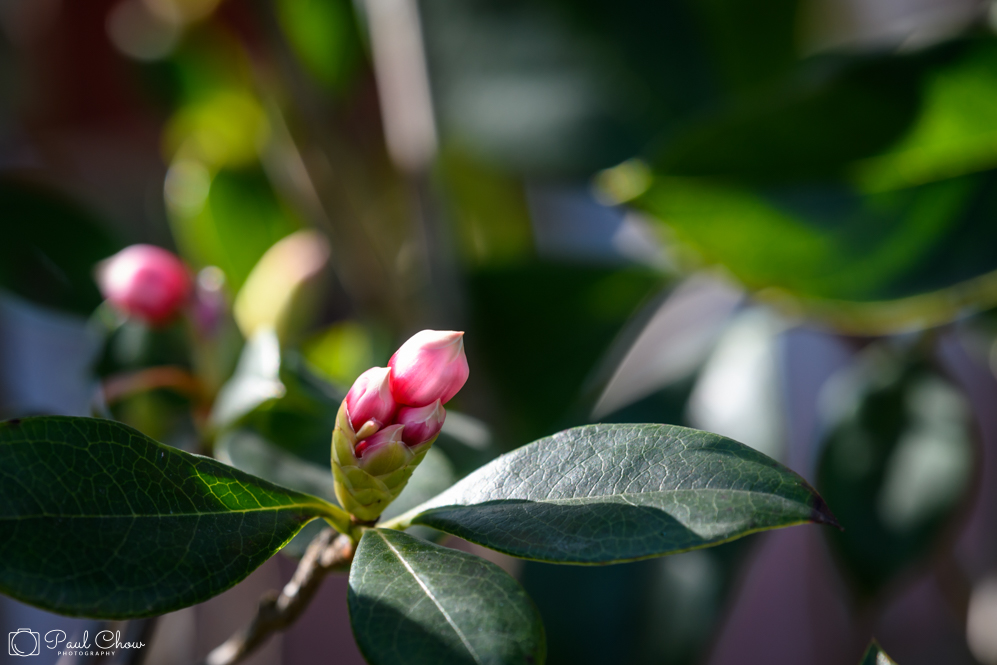
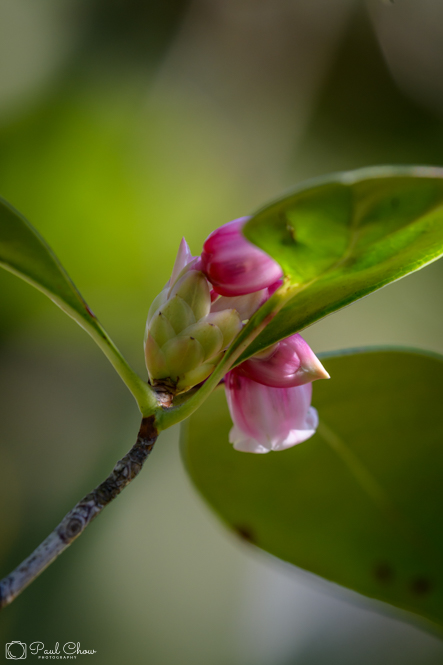
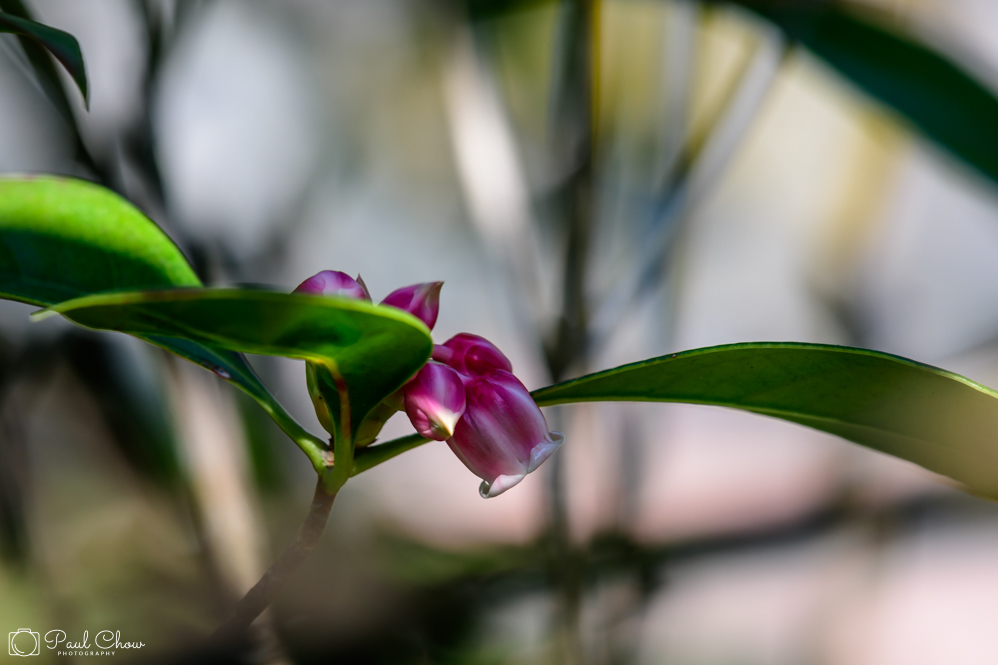
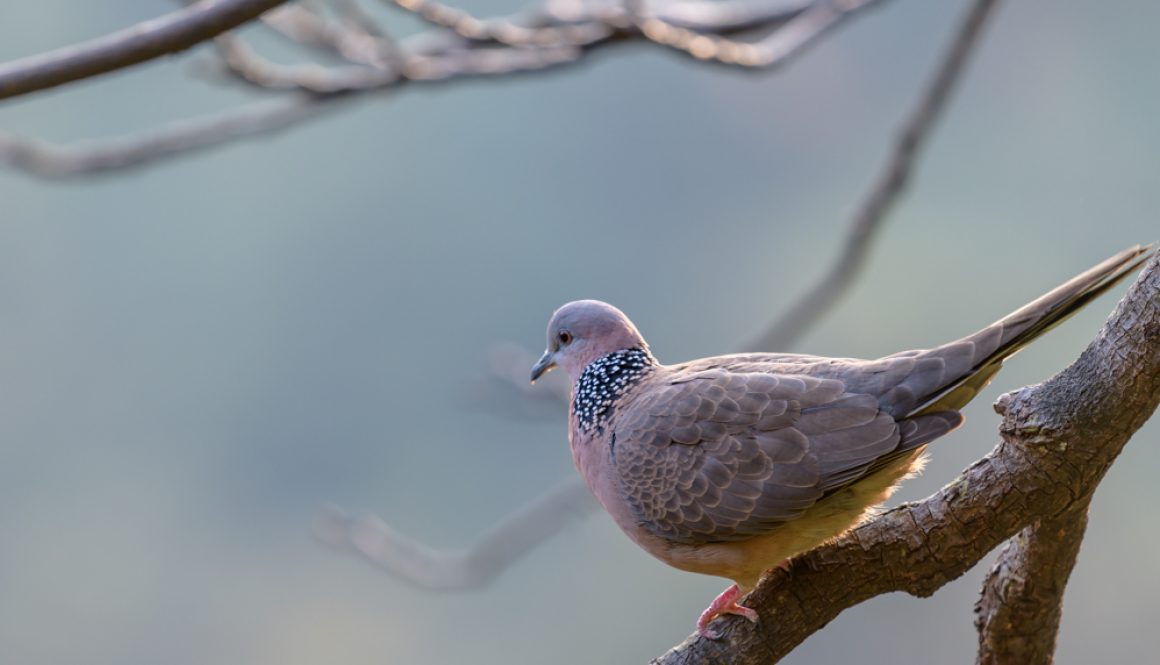
Spotted Dove(珠頸斑鳩), which is also called Spotted-necked Dove, Spot-necked Dove, Pearl-necked Dove, is often seen in the countryside, urban parks and wooded areas in Hong Kong.
It is the most commonly seen resident dove in Hong Kong. It looks like pigeon with white-spotted black collar around the side of the neck and hindneck.
This Spotted Dove was spotted at Bowen Road this morning.
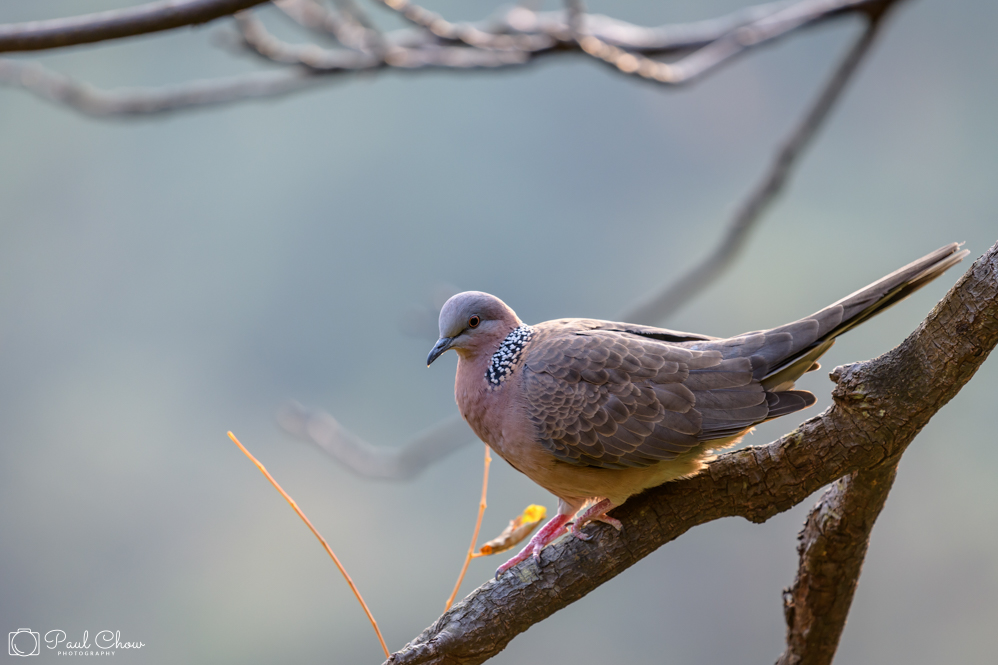
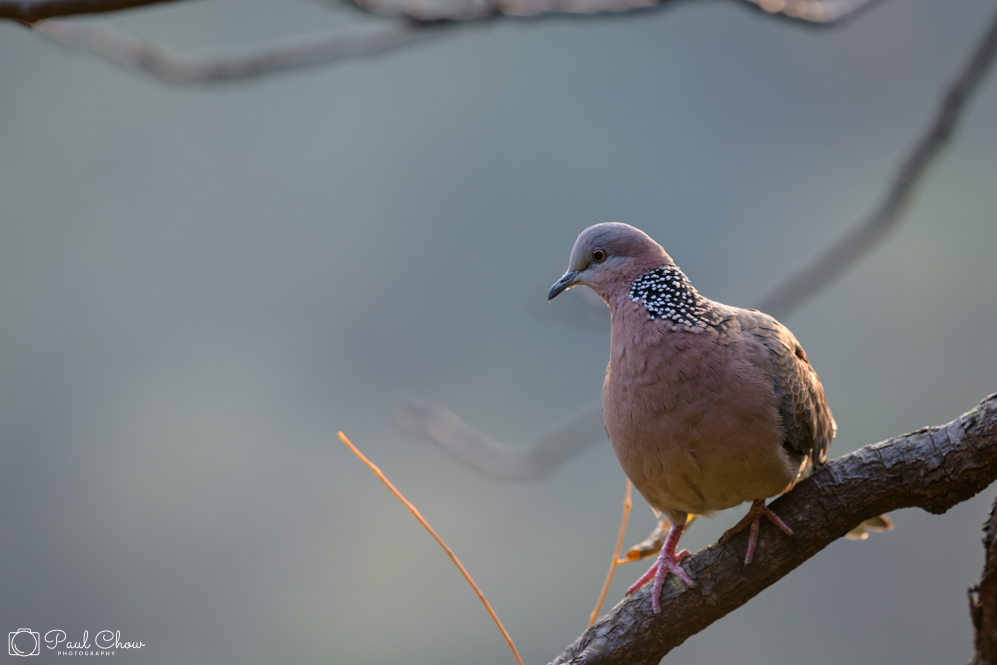

A spotted dove was spotted in the Hong Kong Park a few day days ago.
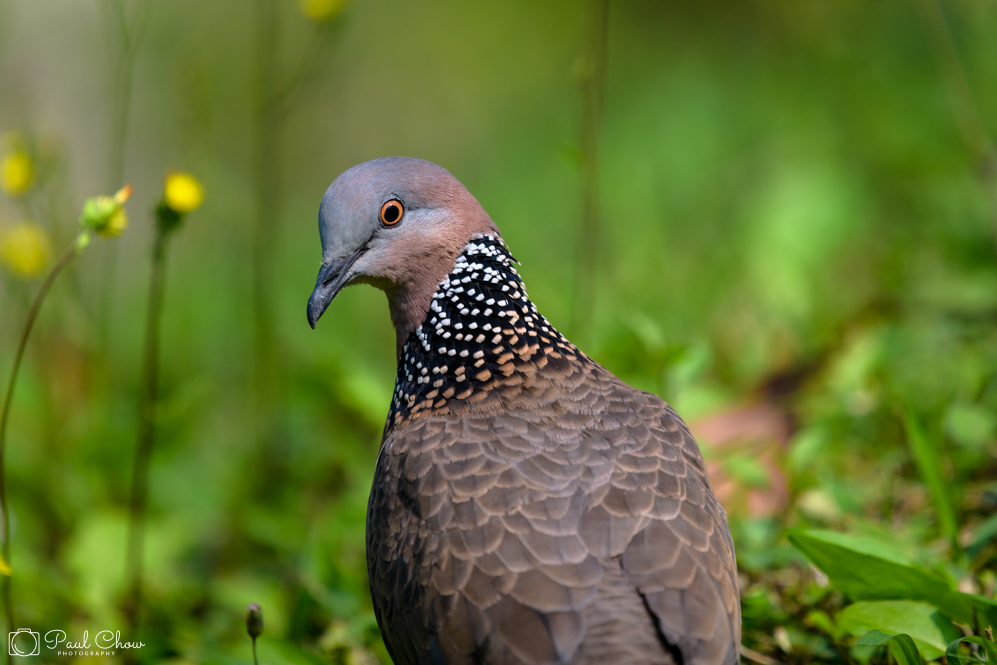
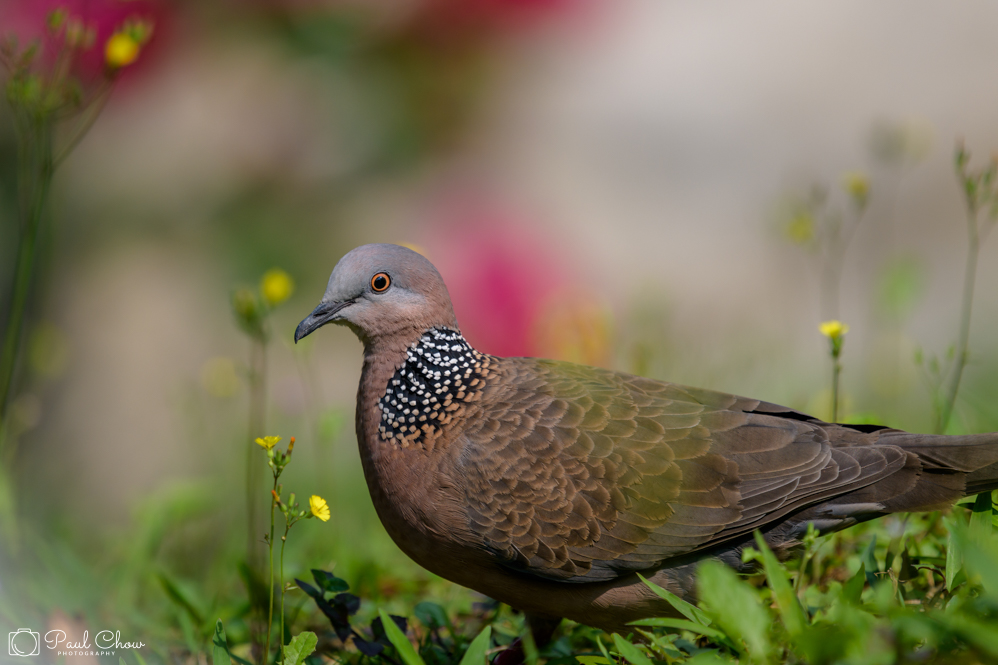

It was sunny and dry at Bowen Road this morning. Flocks of Black-throated Laughing Thrush(黑喉噪眉), Red-billed Blue Magpies(紅嘴藍鵲) and Hwamei(畫眉) and Red-whiskered Bulbuls flew down from the treetops to fetch their food along the road.
The Red-whiskered Bulbul is not easily mistaken for any other species of bird. It has a tall pointed black crest, white cheeks, brown back and a long white-tipped tail. The red whisker mark, from which it gets its name, is located below the eye.
Here are some pictures I took this morning.
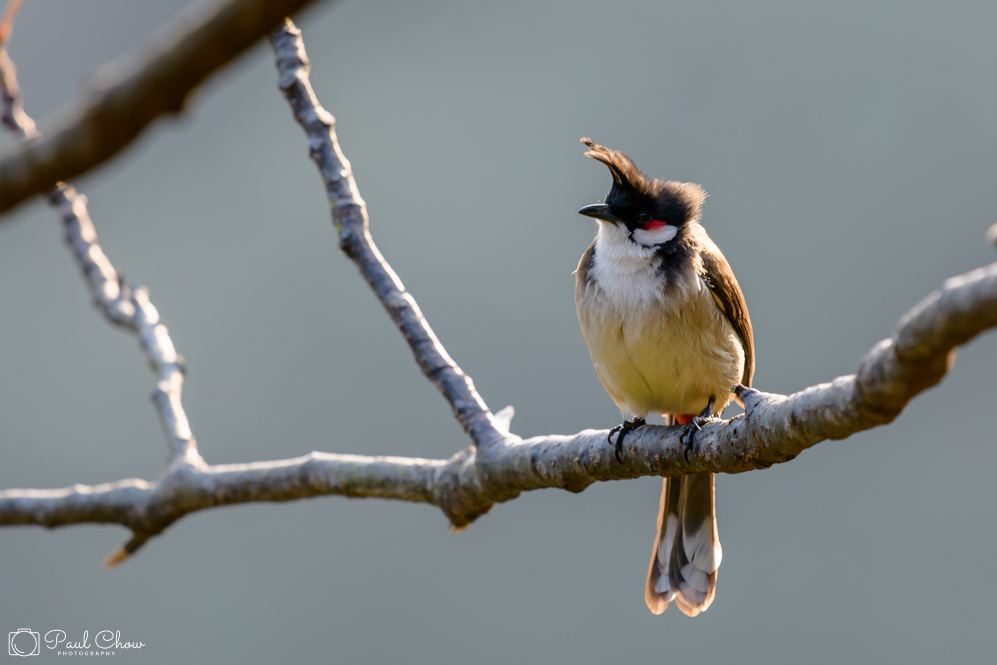
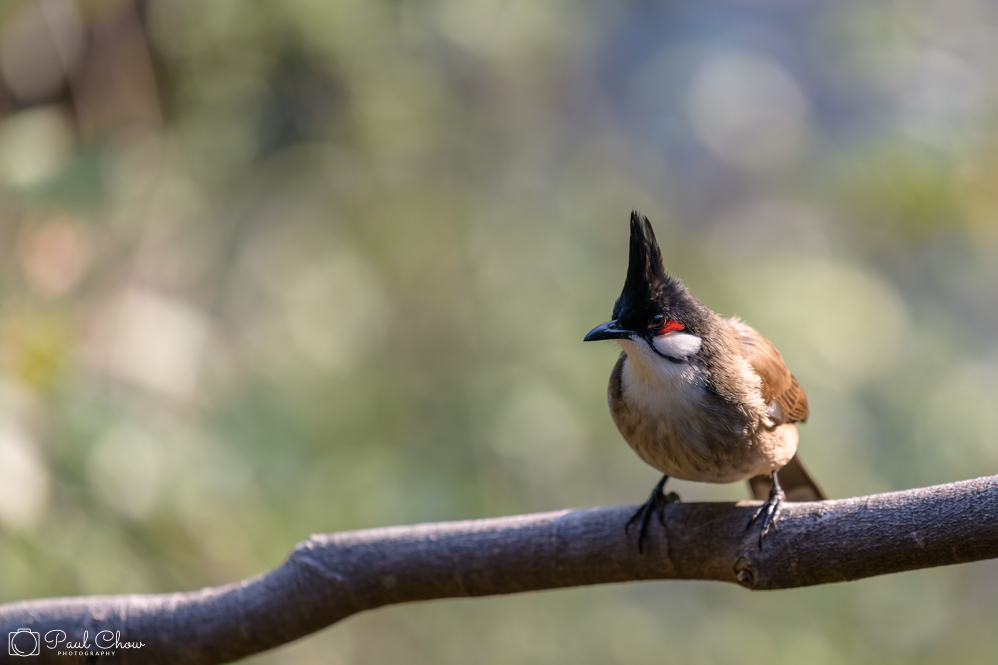
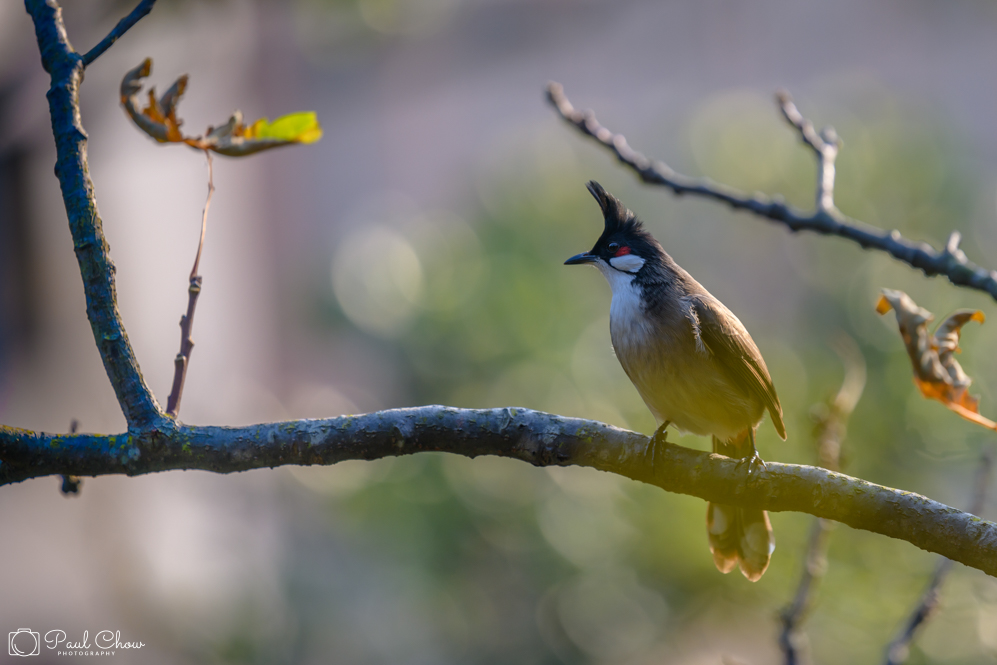
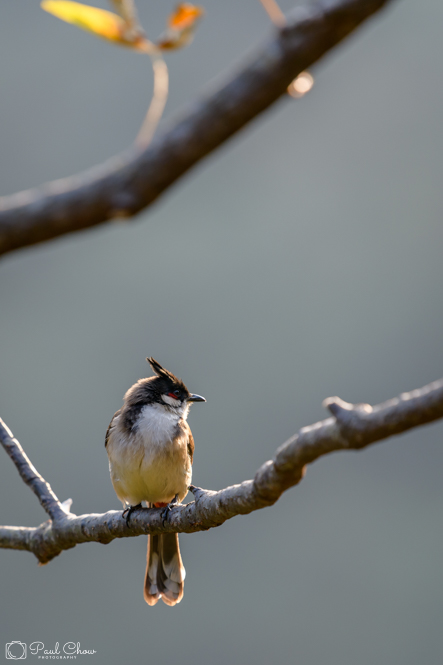

It was fine and dry this morning though a bit cool at Bowen Road. Apart from the flocks of Black-throated Laughing Thrushes(黑喉噪眉), Red-billed Blue Magpies(紅嘴藍鵲) and Hwamei(畫眉) that come up daily to fetch their food, there came a couple of Chinese Bulbuls perching on the treetops. This is the second time this week I spotted Chinese Bulbuls(白頭鵯) that rarely appear here.
Chinese Bulbuls have a distinctive white hindcrown and olive back, hence its traditional Chinese name: “white-haired old man”(白頭翁). Chinese Bulbuls are widespread and commonly found in urban and rural areas. They will sometimes join together with Red-whiskered Bulbuls, feeding on berries and insects, papaya being their favourite.
Here are some pictures that I took this morning.
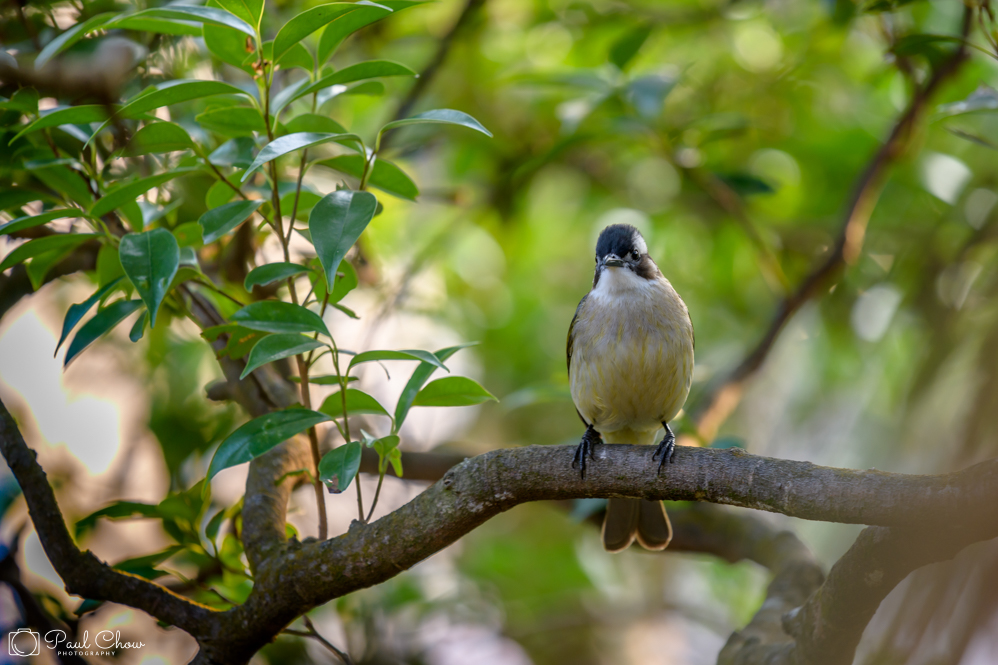

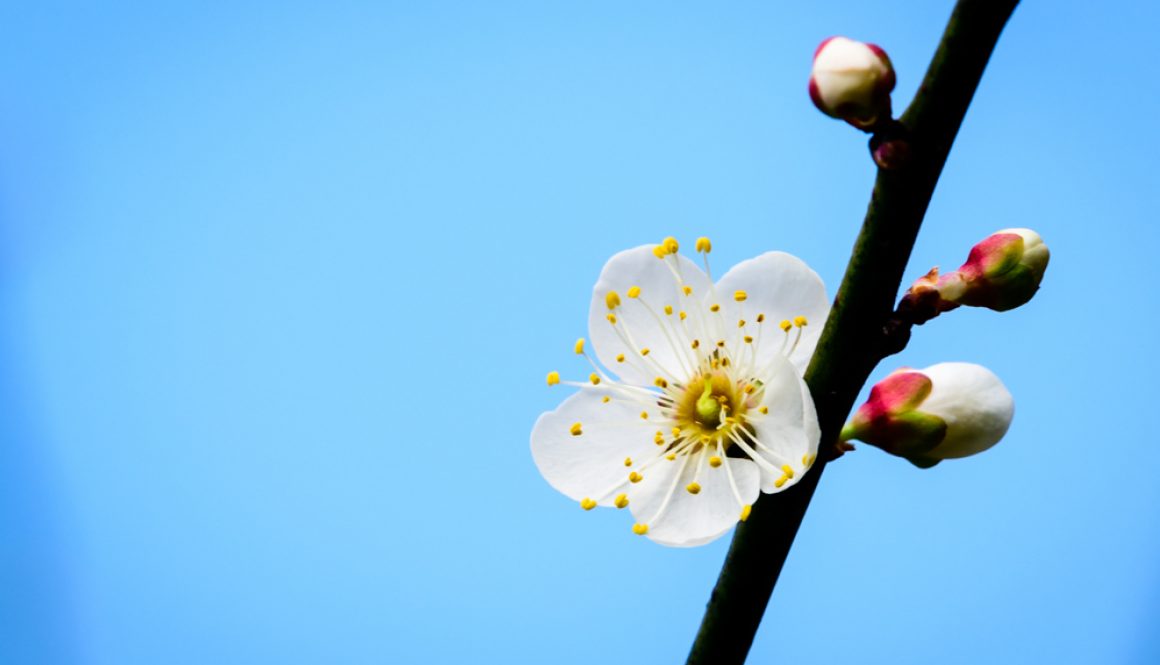
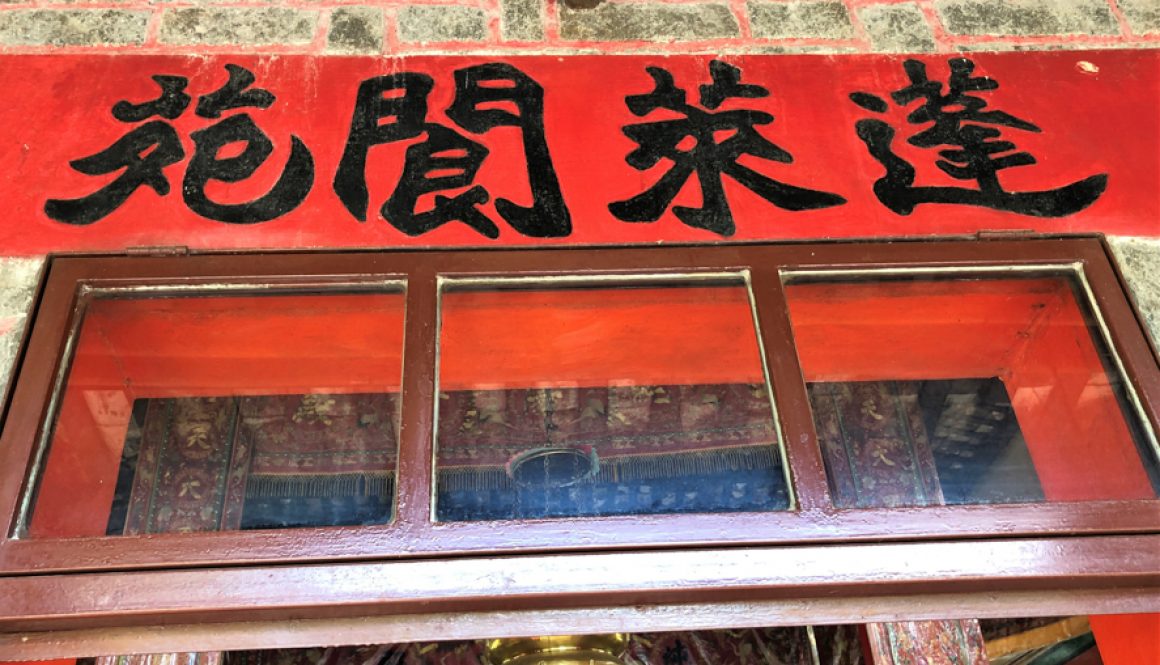
近日苑內的四株梅花已經開始綻放,迎來一片梅花海,繁花如雪,飄香處處。近日已有不少攝影愛好者及惜花人,絡繹於途,搶先前往賞花。
到蓬萊閬苑可乘火車於大埔墟下車,經運頭塘邨德雅苑接走達連道,步行十五分鐘,見左有路牌往半山洲山頂花園,再行十多分鐘便到。亦可乘的士直達。
到達即見道教聖地鳳凰山蓬萊閬苑山門,其上有「鳳凰山」浮雕鑲在彩壁中,除正面石級直上主殿,亦可從旁邊小路進入苑內。
蓬萊閬苑依山坡而建,主殿為呂祖殿。據說此苑建成於六十年代中期,為區內具特色道觀,是仿照道教神仙棲居的仙苑而築成。道觀內擺放著各種仙景塑像,而苑內正中為大殿,上書(蓬萊閬苑),殿柱樑角及飛簷均有鳳凰裝飾,供奉呂祖先像和八仙像。
